The capital of Great Britain is one of the most popular tourist destinations, but also one of the most expensive in Europe. We have tried to make a selection of information and recommendations for those who decide to visit London for the first time, especially for those who go by car.
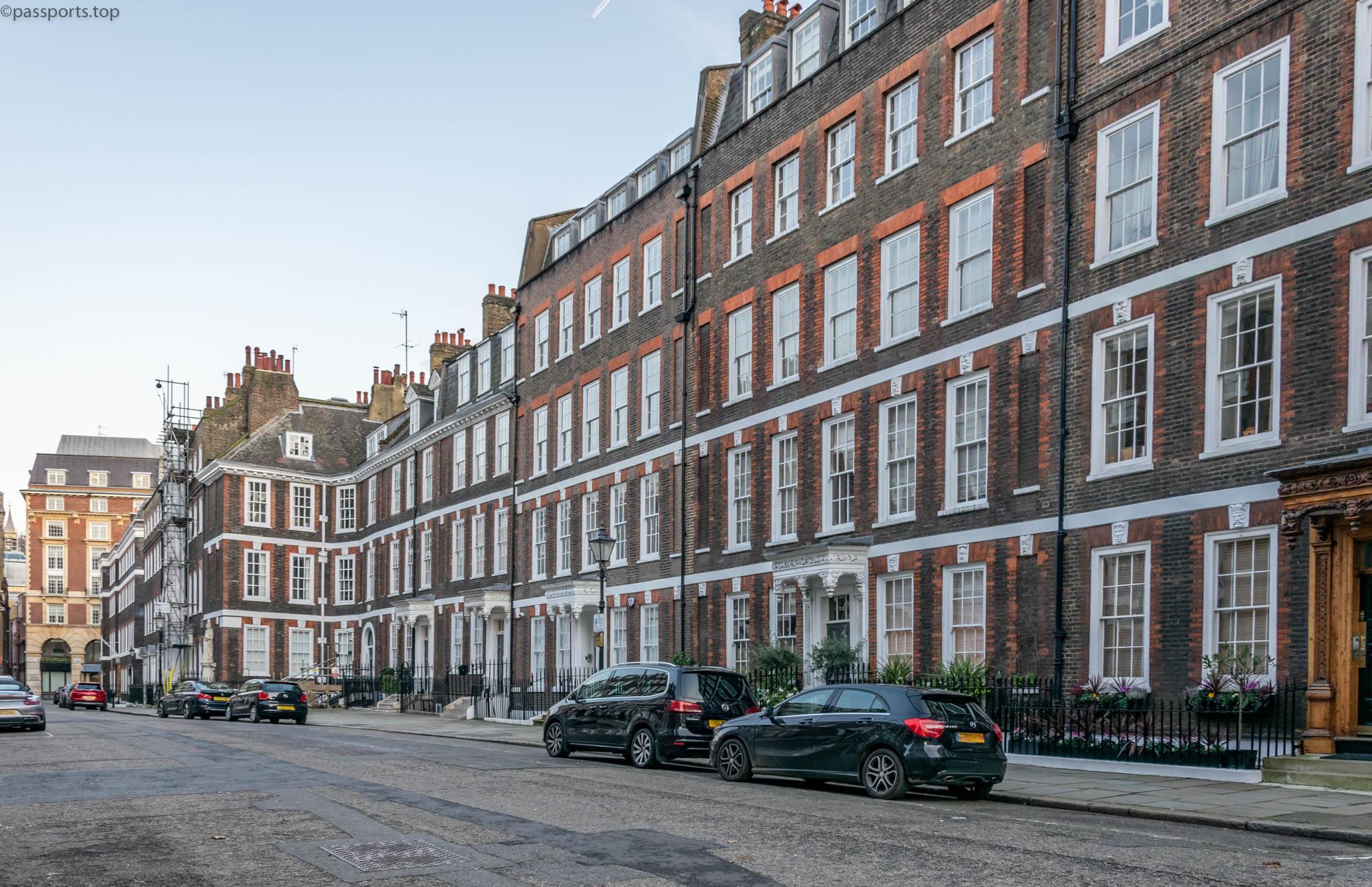
London is on all recommendation lists when it comes to the most visited cities in Europe, along with Vienna, Rome, Paris or Barcelona, attracting around 27 million tourists annually. With a rich history and remarkable culture, London is one of the most diverse cities in the world. Whether it’s history, art, entertainment, shopping or food, it’s impossible to get bored in London.
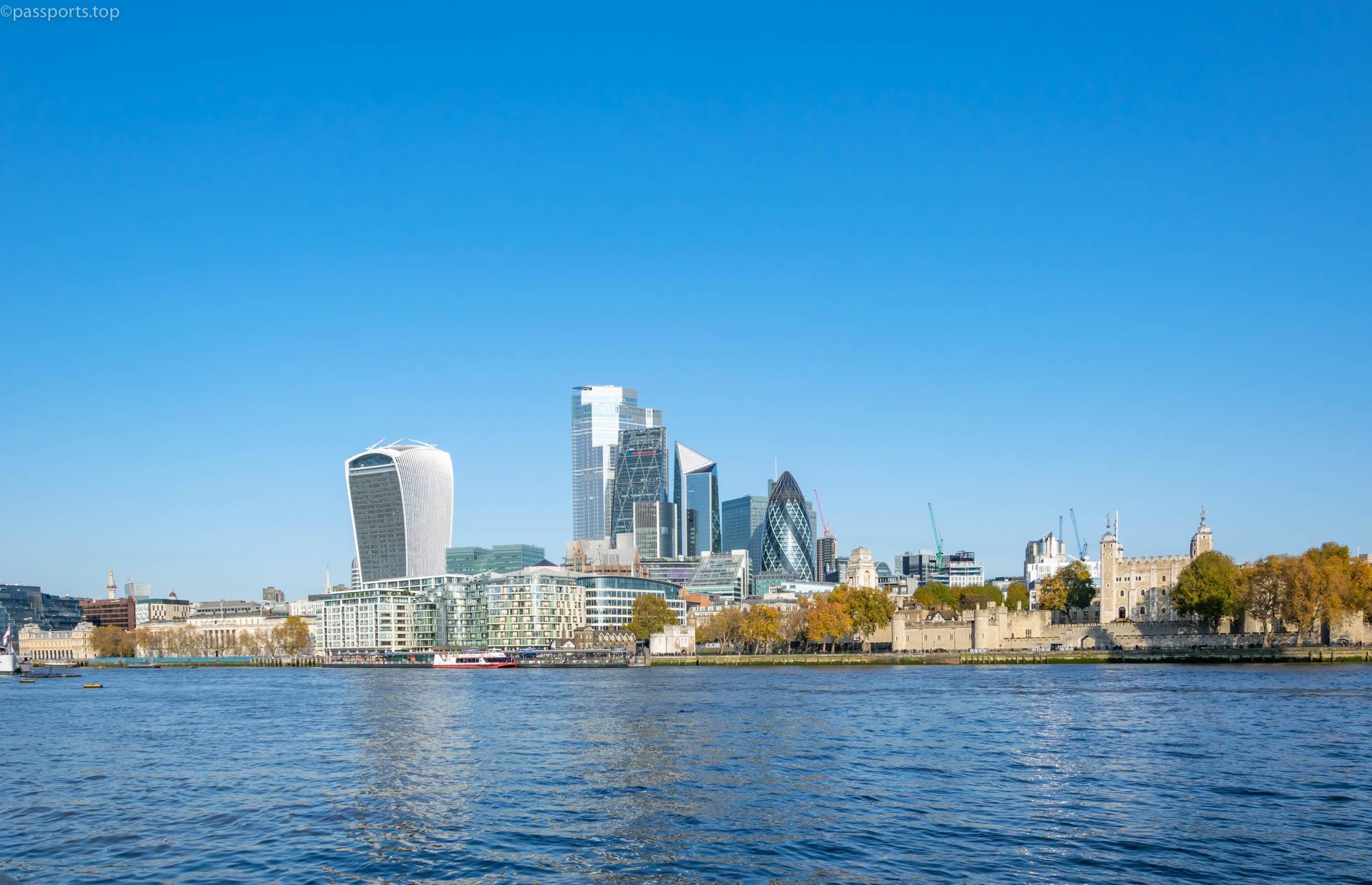
We drove the Stuttgart – Paris – London – Brussels – Stuttgart route and thought we’d give you some tips if you choose to travel by car. I passed from France through the Channel Tunnel or Eurotunnel (an undersea railway tunnel, 50.5 km long), from Calais to Dover.
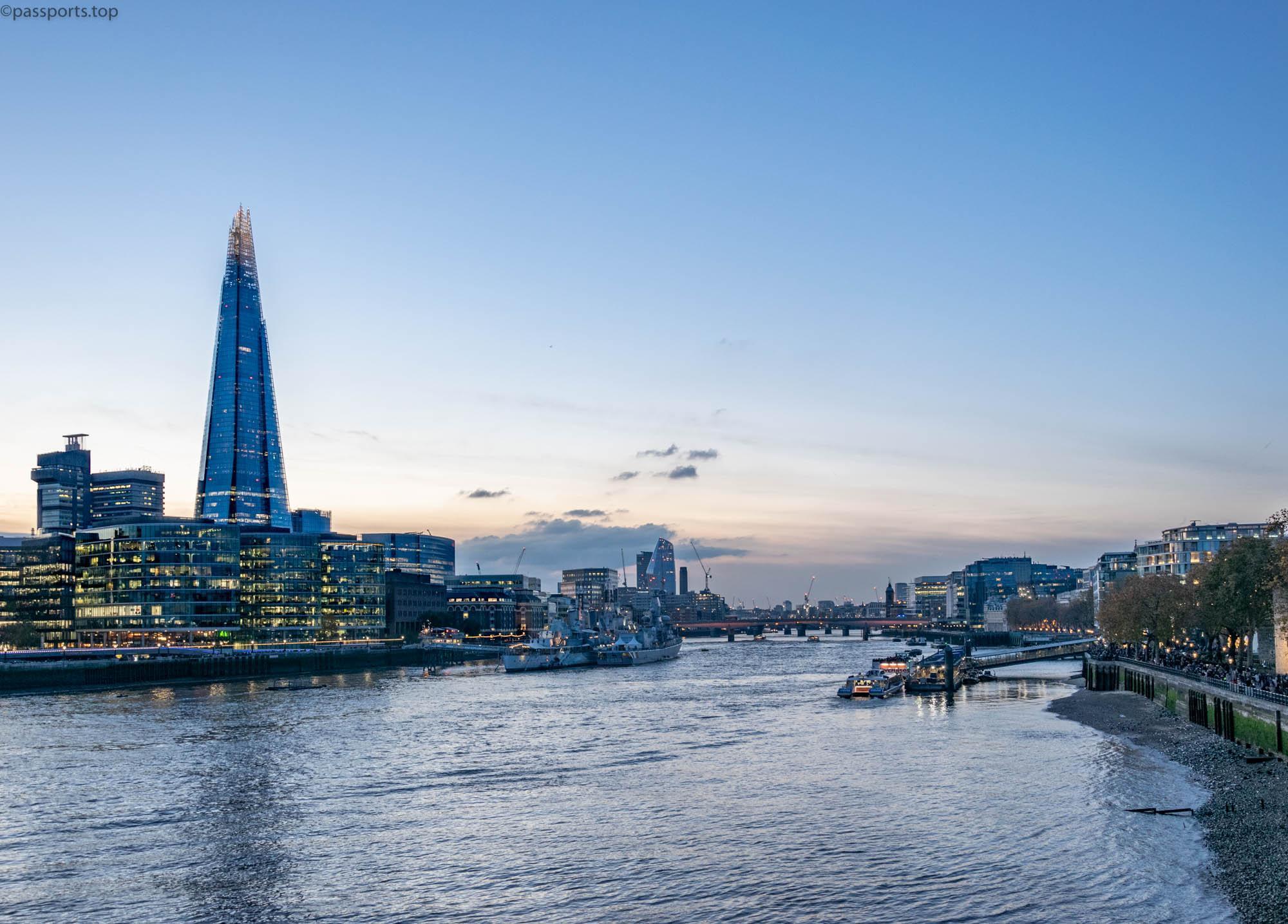
The crossing takes around 30-35 minutes, the transport being provided by TGV trains. As with plane tickets, it’s a good idea to purchase your train tickets ahead of time. Prices start from €60/car/round trip. If you choose to go by car, there is also the ferry option. It’s much cheaper, tickets start at €30/car/round trip, but it takes an hour and a half.

Of course, the type of car, the number of passengers, the day and time you want to travel are taken into account. We arrived at the Eurotunnel an hour earlier than our scheduled time and because there were still seats available, we were able to go through.
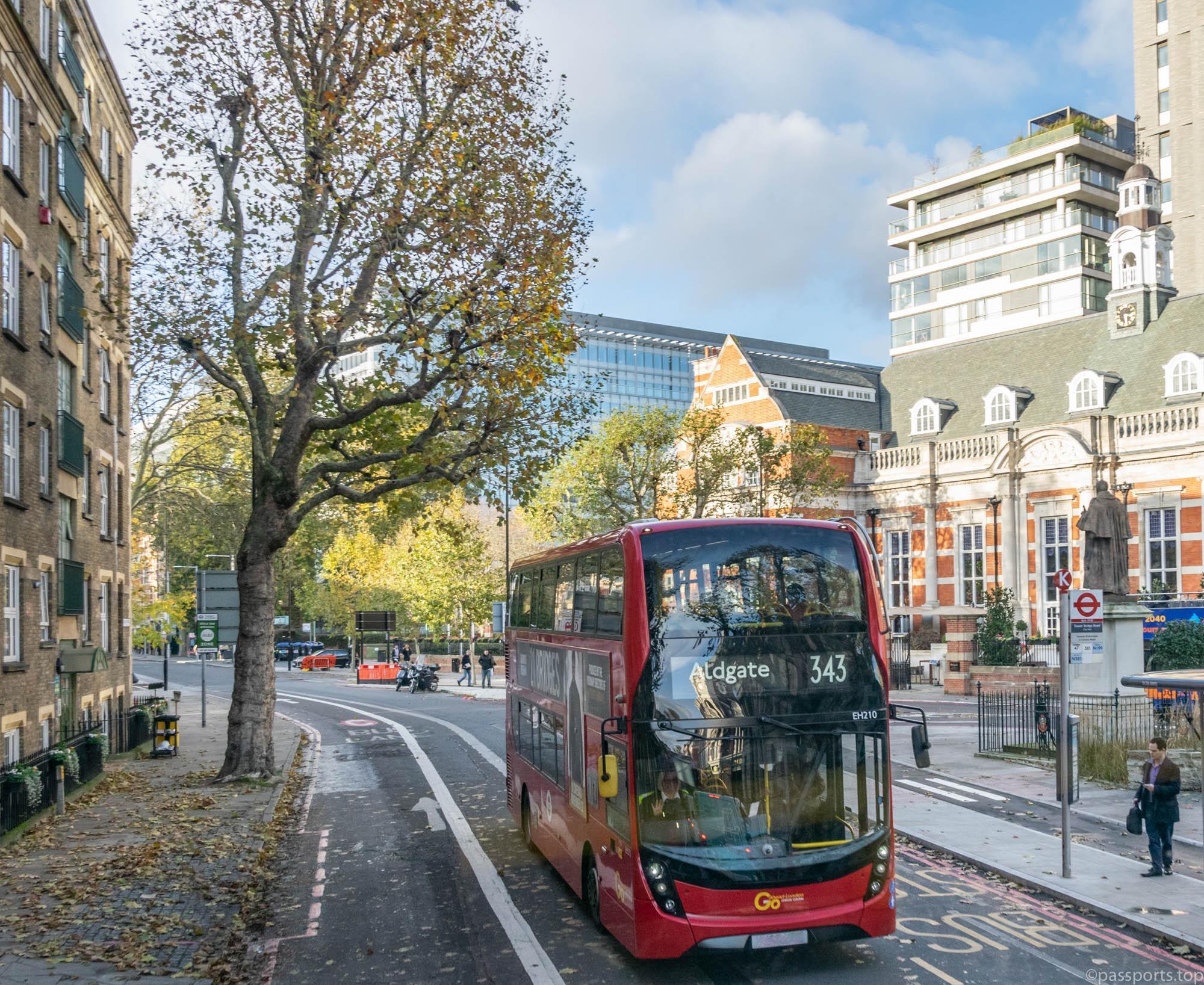
As for getting across London, I chose public transport. Firstly, it is very difficult to drive around the city, being quite congested, and secondly, it is convenient and we avoided paying the congestion charge (charged for most vehicles crossing the Congestion Charge Zone (CCZ) in central London between 7a.m. and 6p.m., Monday to Friday. This charge has been introduced to reduce heavy traffic flow, noise and air pollution. The standard charge is £11.50/day. This year in April, the ultra-low emission area was also introduced).
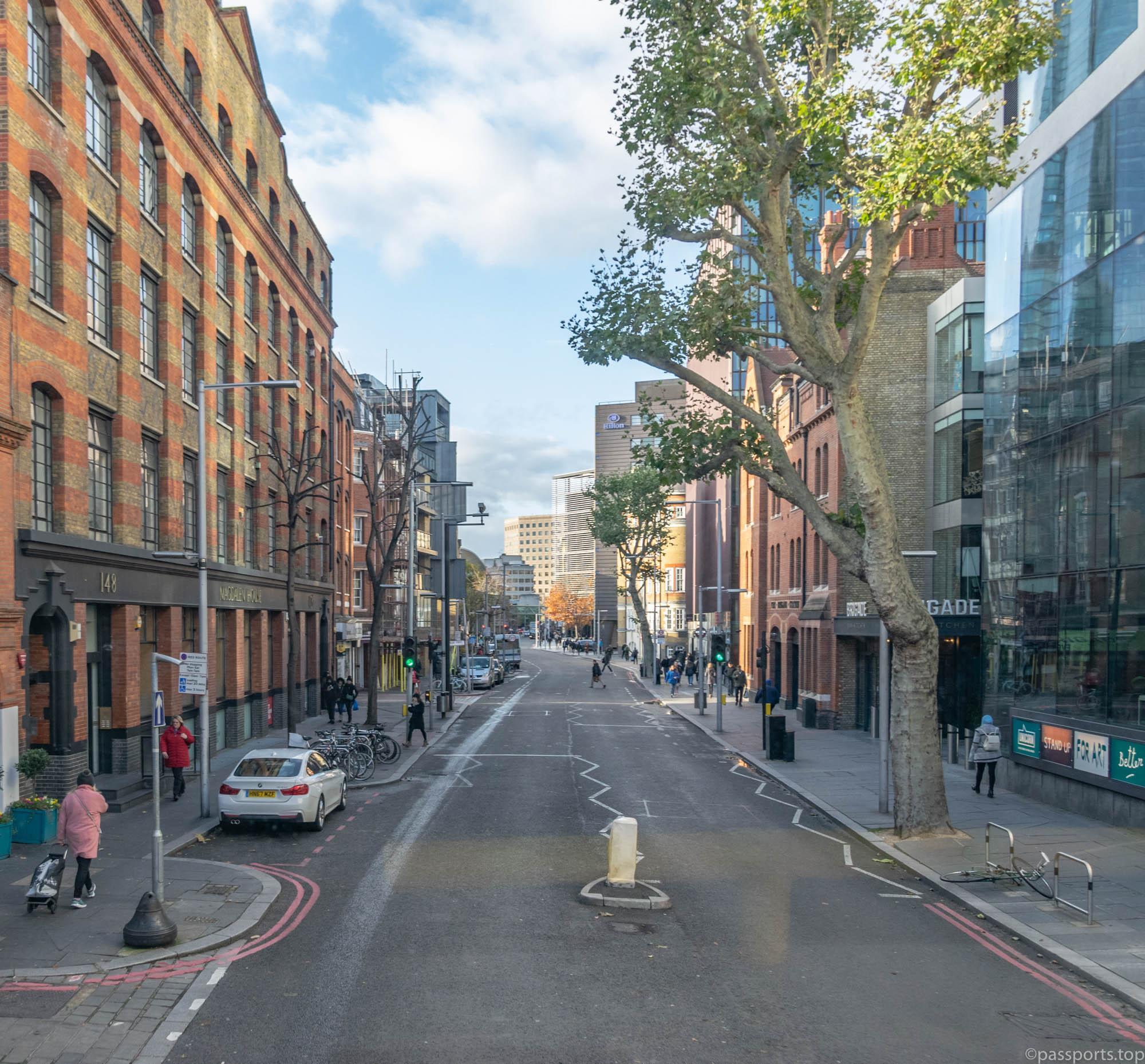
More details can be found on the Transport for London website. Also on this site you can find out how much a ticket costs or which method you can choose to visit London. We bought Oyster cards – electronic cards that you can periodically top up and scan both when you get on and off the transport. The Oyster card does not expire and can only be used by one person. Most of the tourist attractions are in zones 1 and 2, and if you don’t want to take your Oyster card, you can choose between the simple transport ticket, London Card or London Travelcard.
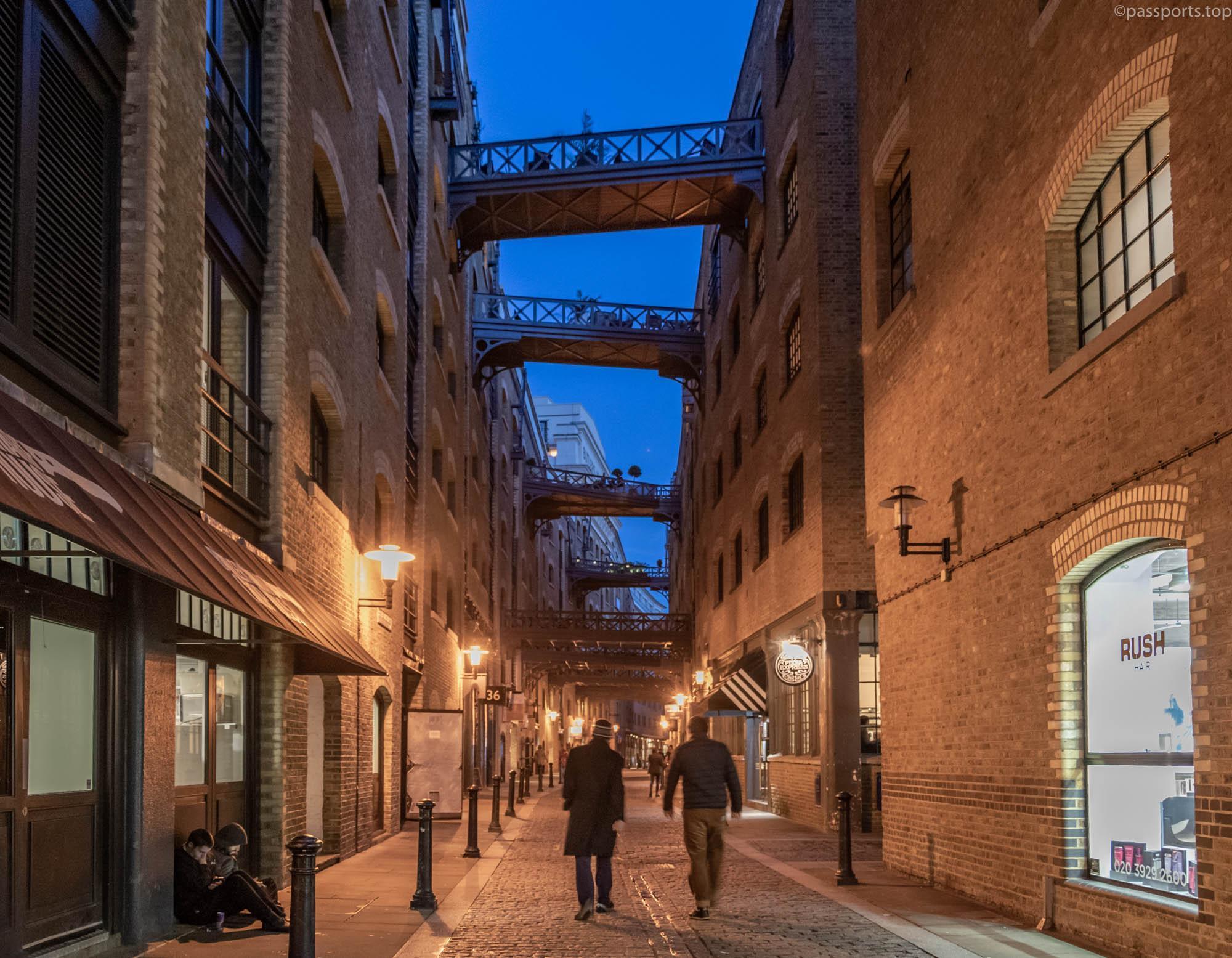
For car parking, a secure car park close to central London is next to Tower Bridge (address: The Circle, Queen Elizabeth Street, SE1 2JE). For a day it costs €15, and the most important tourist attractions are just a few steps from the parking lot: Tower Bridge, The Shard, London Bridge, Southwark Cathedral or Tower of London.
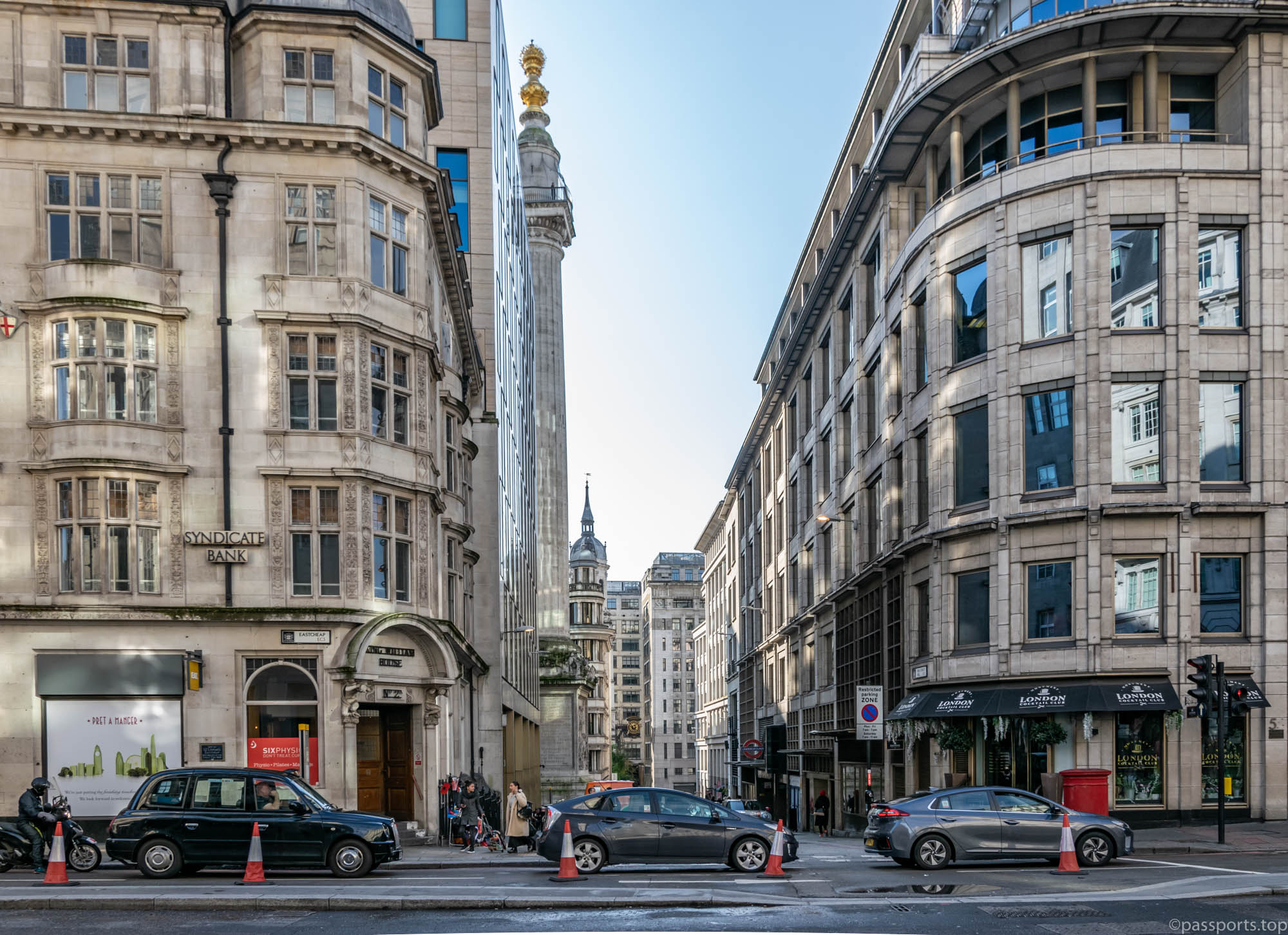
In terms of sightseeing, London offers countless possibilities for fun without money: from famous sights that can be admired from outside, to parks, famous squares or museums with free entry. The British Museum, the National Gallery, the Museum of London or the Natural History Museum are just some of the great attractions with free entry (a list of several museums can be found here).
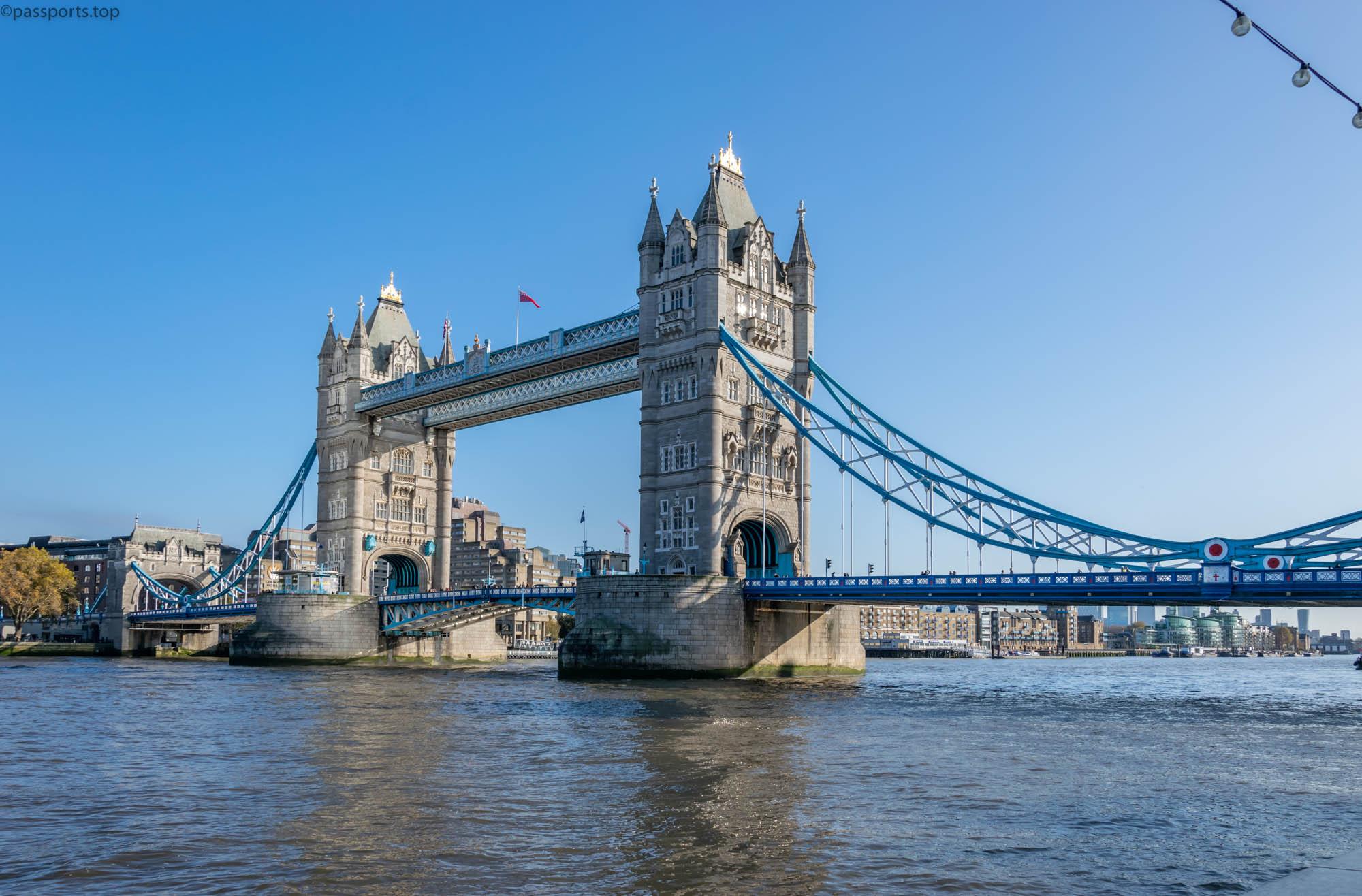
Tower Bridge is the symbol of London and one of the most famous landmarks, a bas-relief bridge over the Thames, with two towers built in the Victorian Gothic style, connected by two footbridges. Construction of the bridge began in 1886 and was completed in 1894, with 432 laborers working to erect it. 70,000 tons of foundation concrete and about 10,000 tons of steel were used.
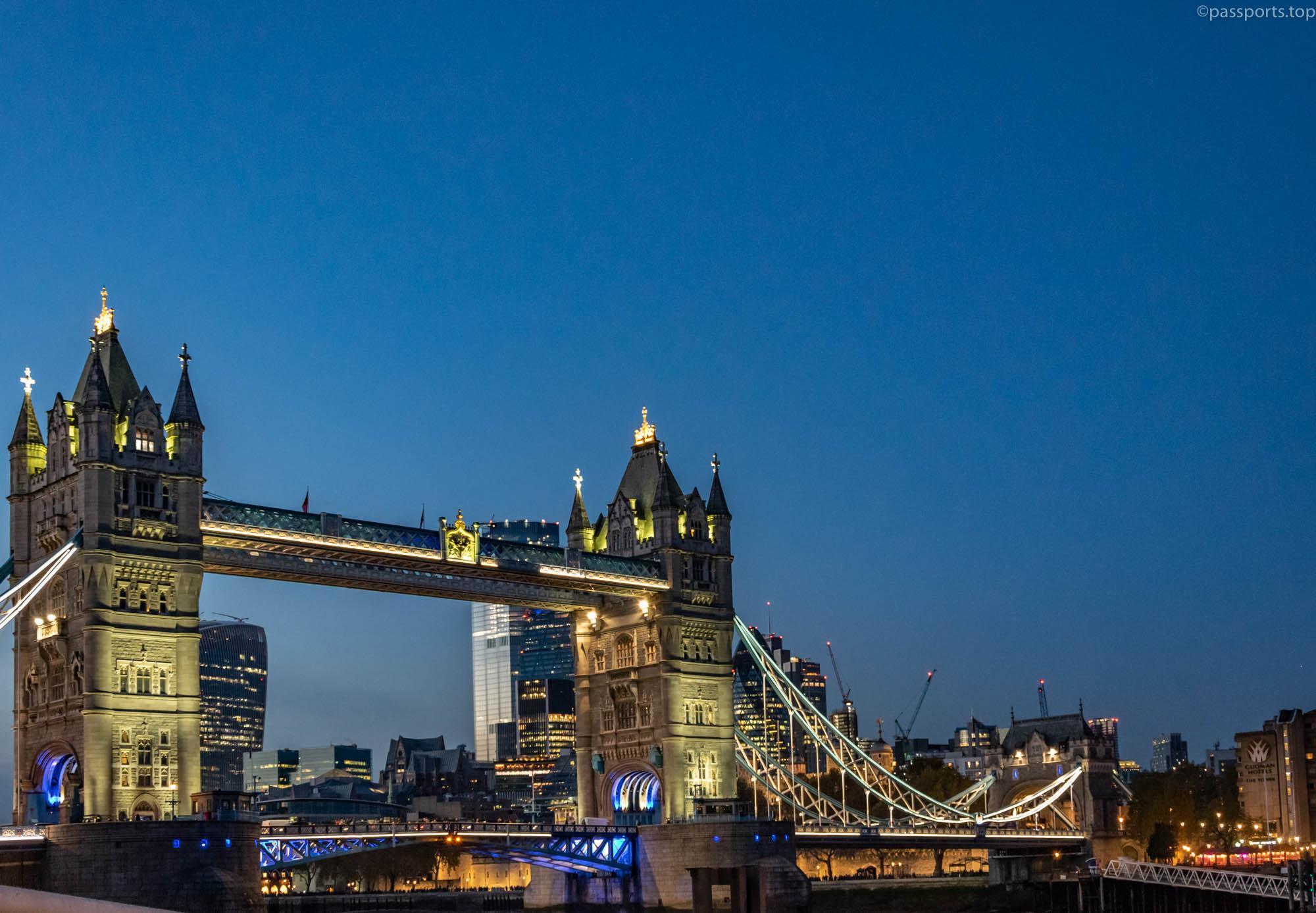
This year marked 125 years since Tower Bridge was officially opened on 30 June 1894 by the Prince and Princess of Wales (then the future King Edward VII and Queen Alexandra). Throughout 2019 there were exhibitions and activities for visitors of all ages. Every day, more than 40,000 people cross the bridge.
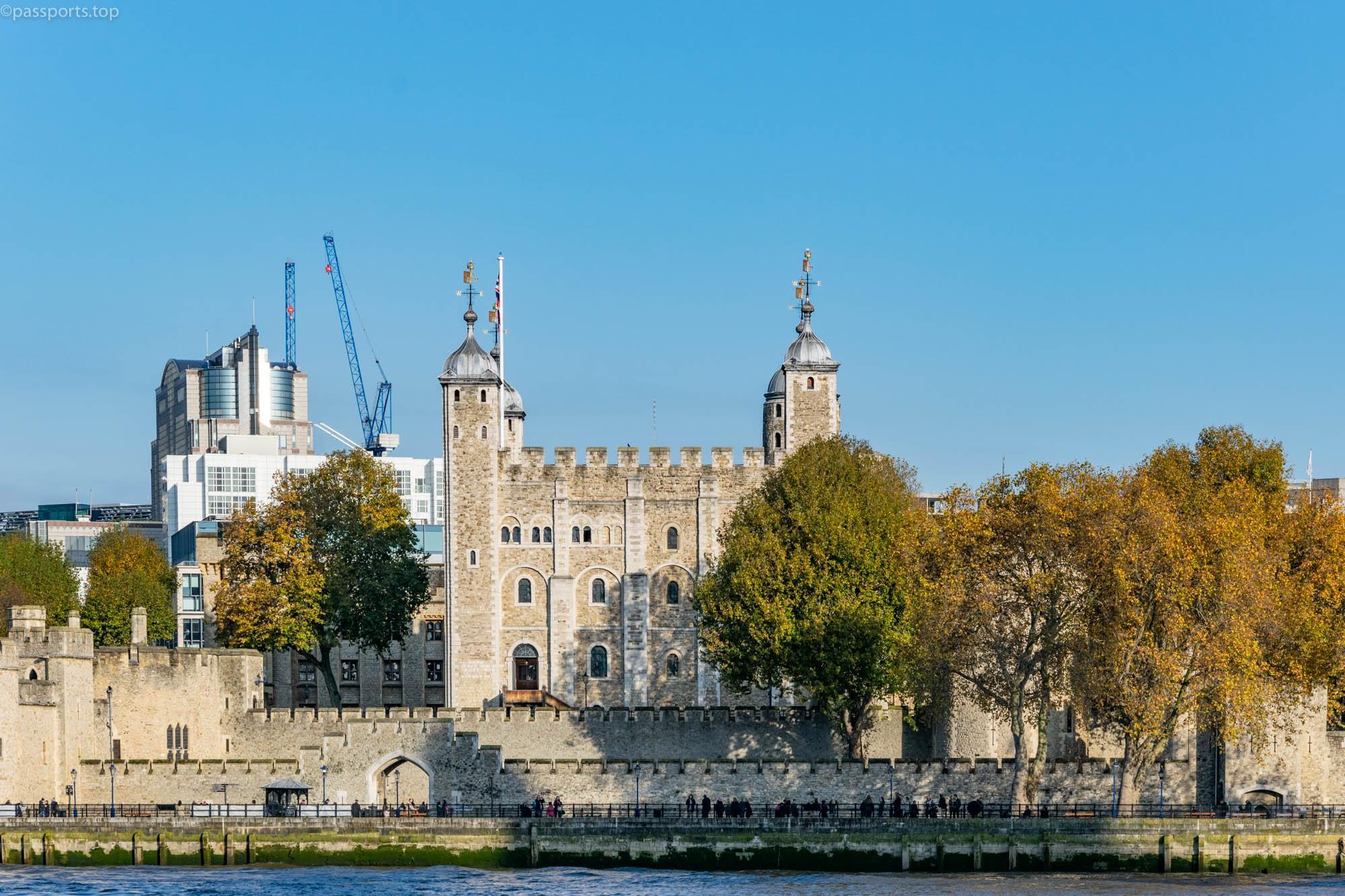
The Tower of London dominates the River Thames in the eastern part of the British capital, being another well-known London tourist attraction. Over time it witnessed many events and served as a castle, a prison, a palace, a place to house royal jewels or a place of execution, and in 1988 it was included in the UNESCO Heritage. To explore 1000 years of history and see the crown jewels you can purchase tickets online, priced at £24.70/person.
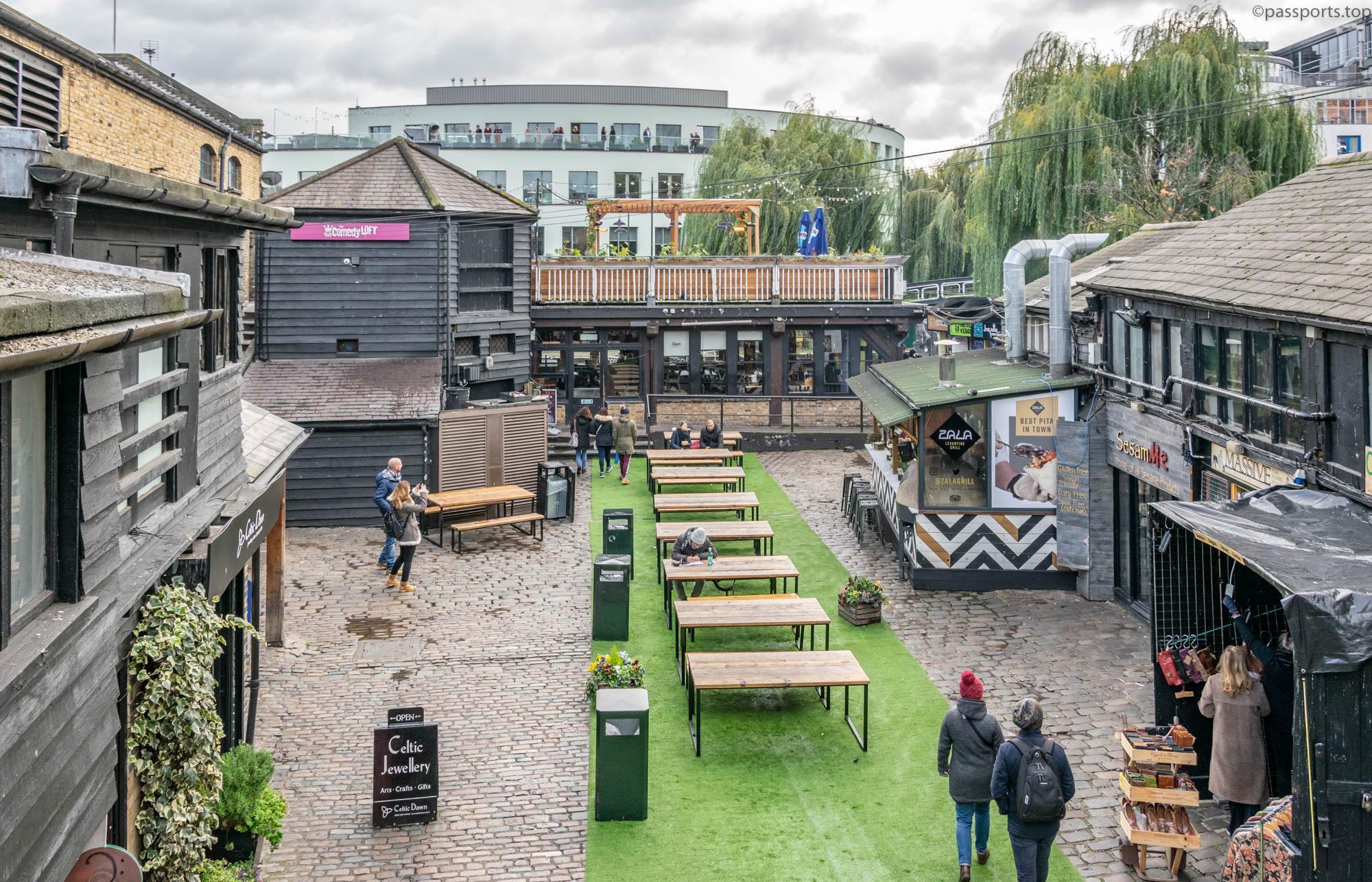
Camden is a cultural district in North London known for its culture, tattoo and piercing parlors, vintage clothing and items, and street food. Camden Market is open every day from 10am, but not all stalls and shops are open. For timetables, events, restaurants or other details visit the Camden Market website.
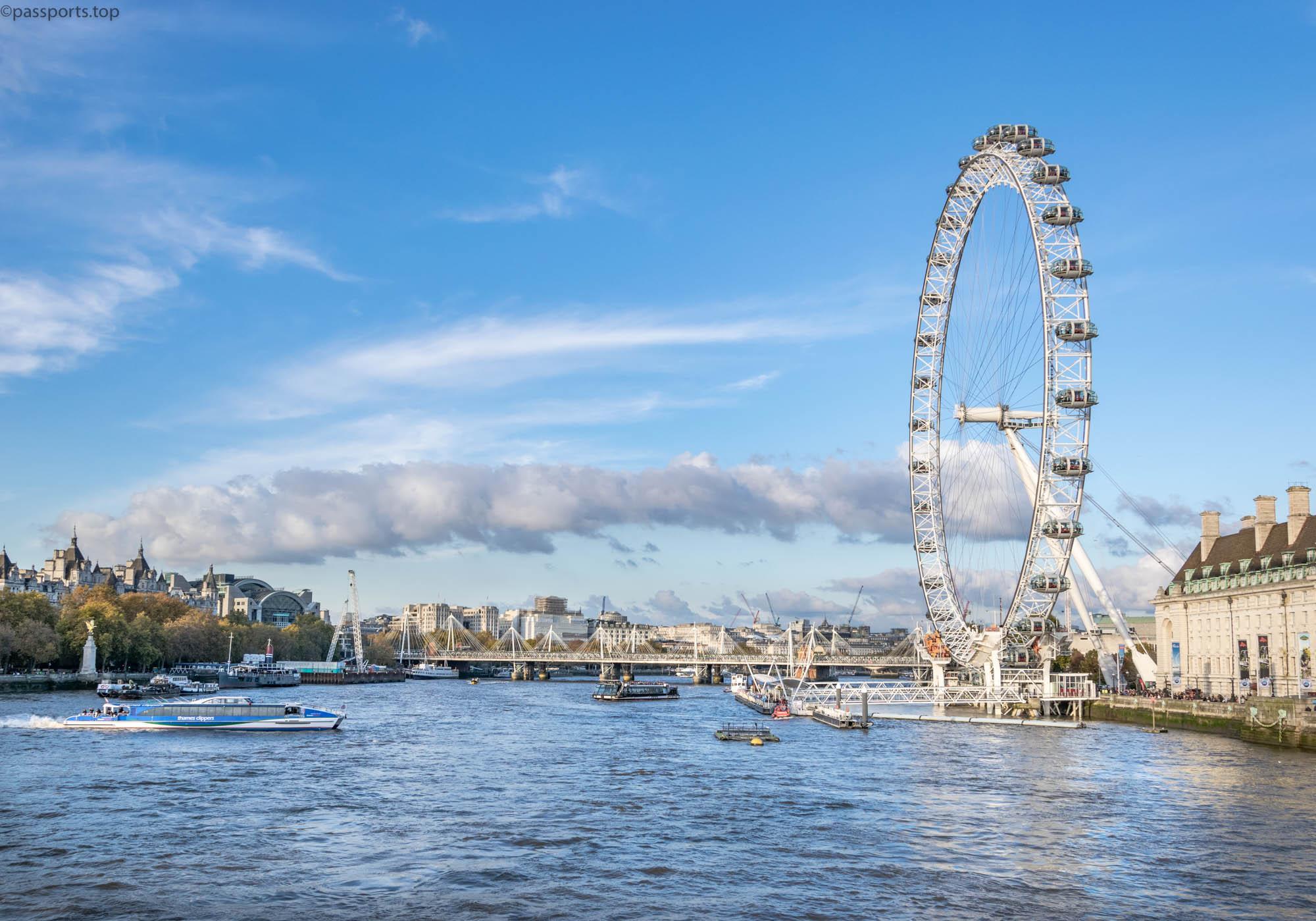
The Coca-Cola London Eye is an unmissable sight in London. It is a giant wheel from which you can admire the city from 443 meters high, being the fourth largest wheel in the world. At night, the wheel is lit up in seasonal colors, and on New Year’s it is the centerpiece of the annual fireworks display. The price of a standard ticket is £27/person (you get a 10% discount if you buy online) and a ride takes 30 minutes.
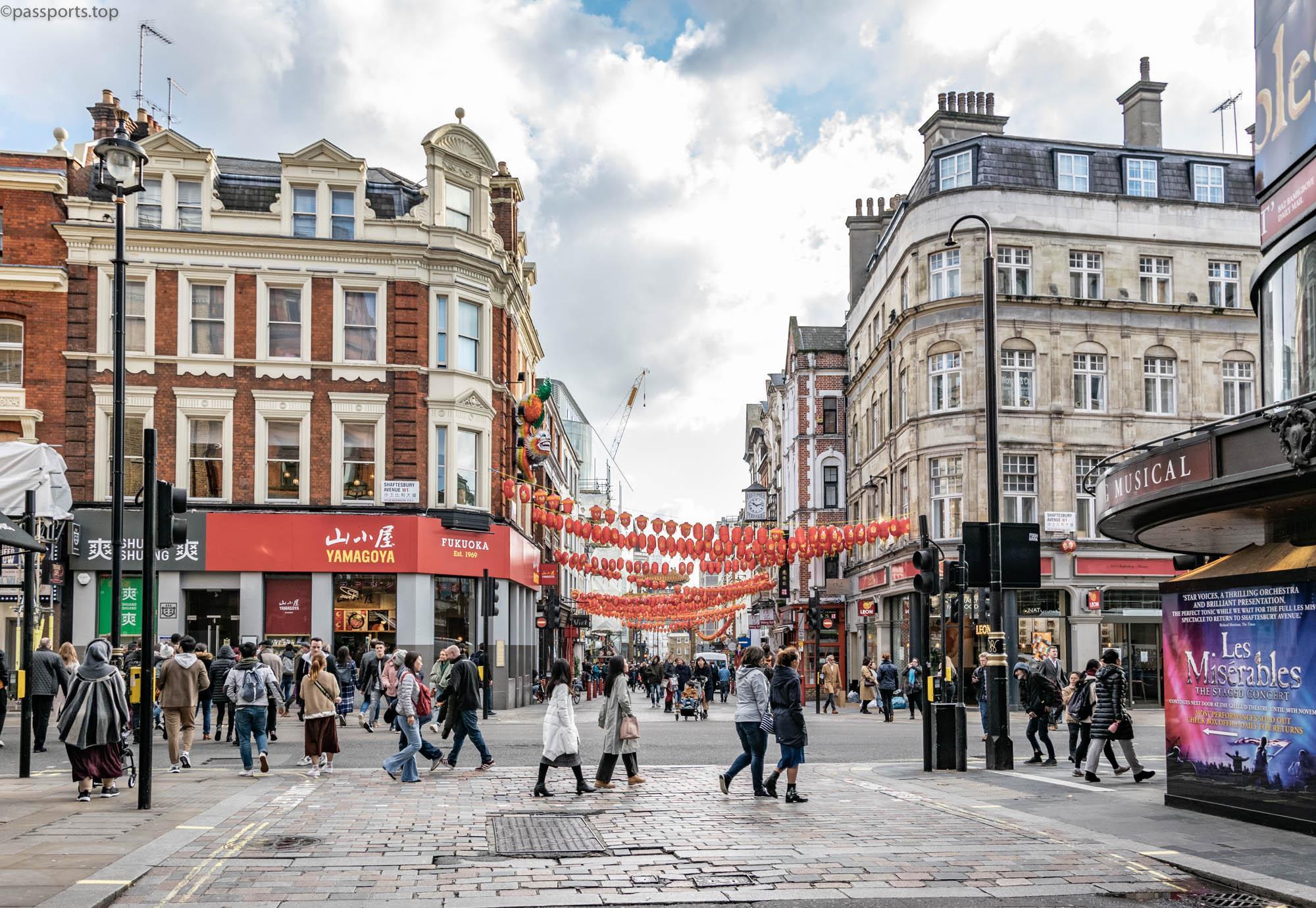
Chinatown is full of authentic Asian restaurants, supermarkets and bars. With its Chinese lanterns, decorations and eye-catching red arches, it’s hard to miss this area. Chinatown began to take shape in the 1950s, when several Asian restaurants opened in this area. As other businesses and services moved in during the 1960s and 1970s, the neighborhood became a focal point for London’s Chinese culture.
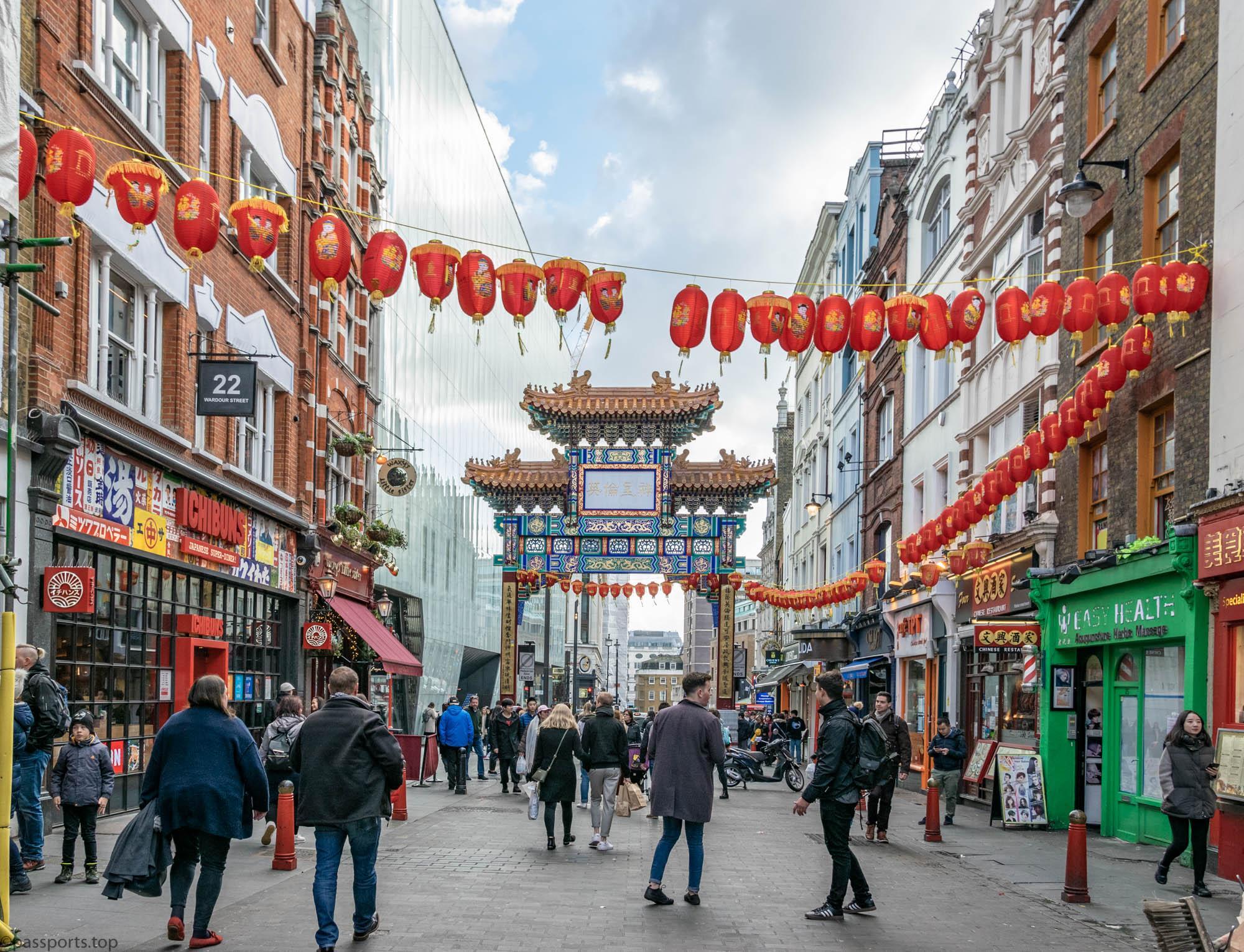
In 2016, an impressive new structure became the fourth largest Chinese gate in the UK. Many sections of the new structure were traditionally designed and crafted in China by professional architects and craftsmen. The purpose of the new gate was to reflect the growth and impact of London’s Chinatown area, which had become a home to large Asian communities since the 1950s.
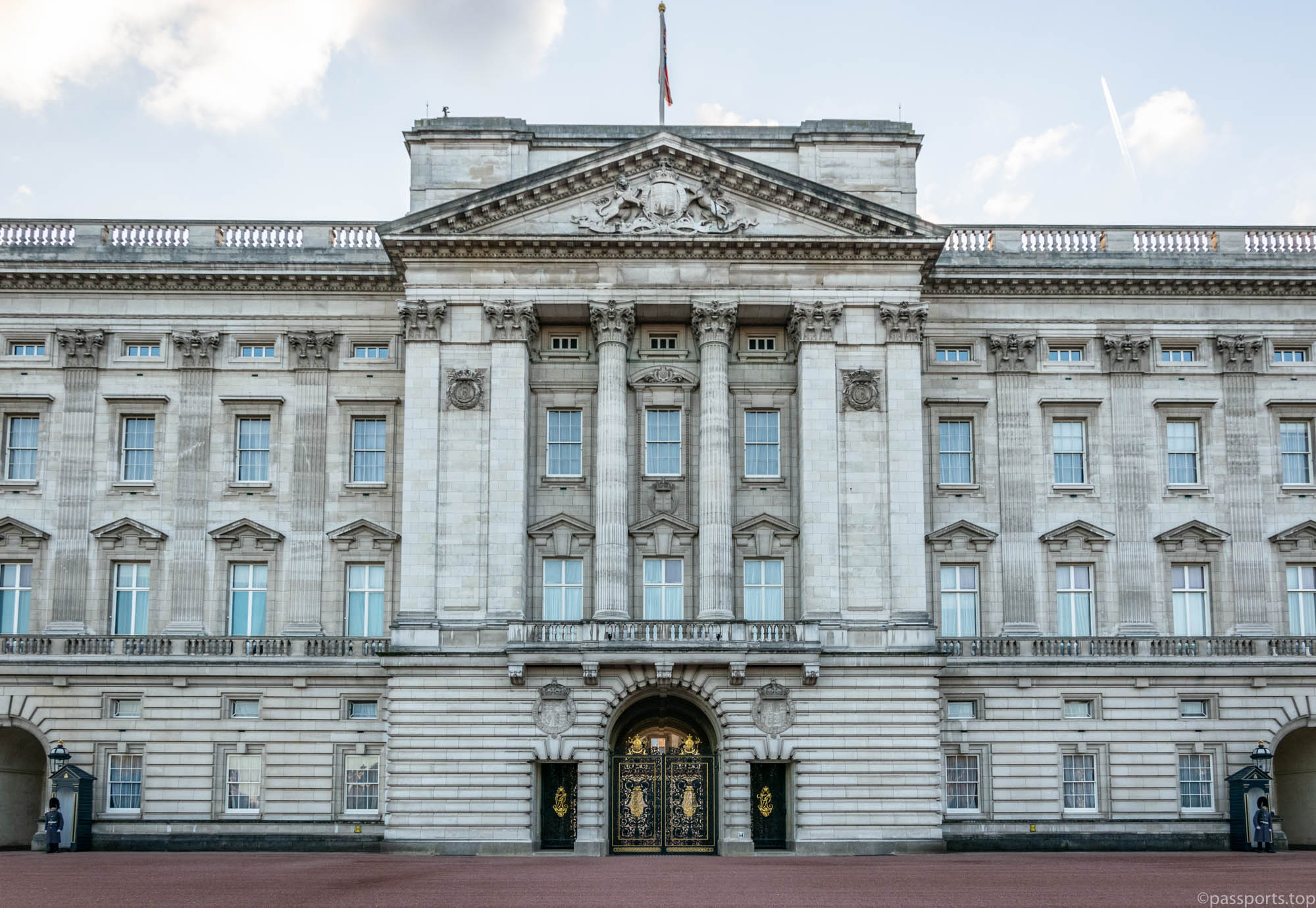
A trip to London is incomplete without a walk through Green Park and a visit to Buckingham Palace , which has been home to the British royal family since 1837. It has 775 rooms and the largest private garden in London. Part of the palace is open to visitors 10 weeks a year, so you can see a slice of the royal lifestyle. For 2020, Buckingham Palace will be open to the public from July 18 to September 27, with the standard ticket being £26.50/person.
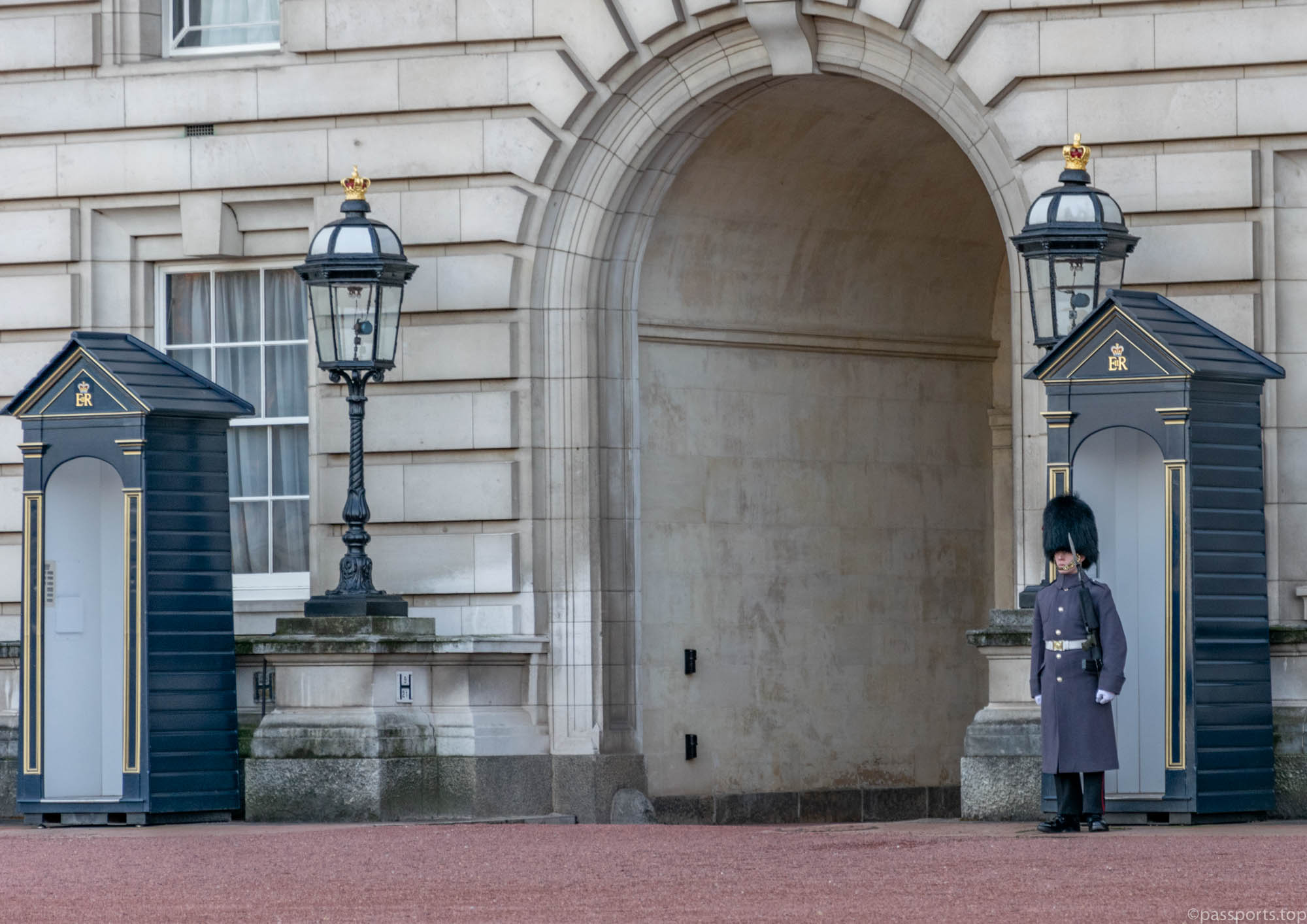
An interesting and impressive show is the changing of the guard which takes place daily at 10:45a.m., but be sure to arrive early to grab a good viewing spot. For the full schedule go to the changing of the guard website.
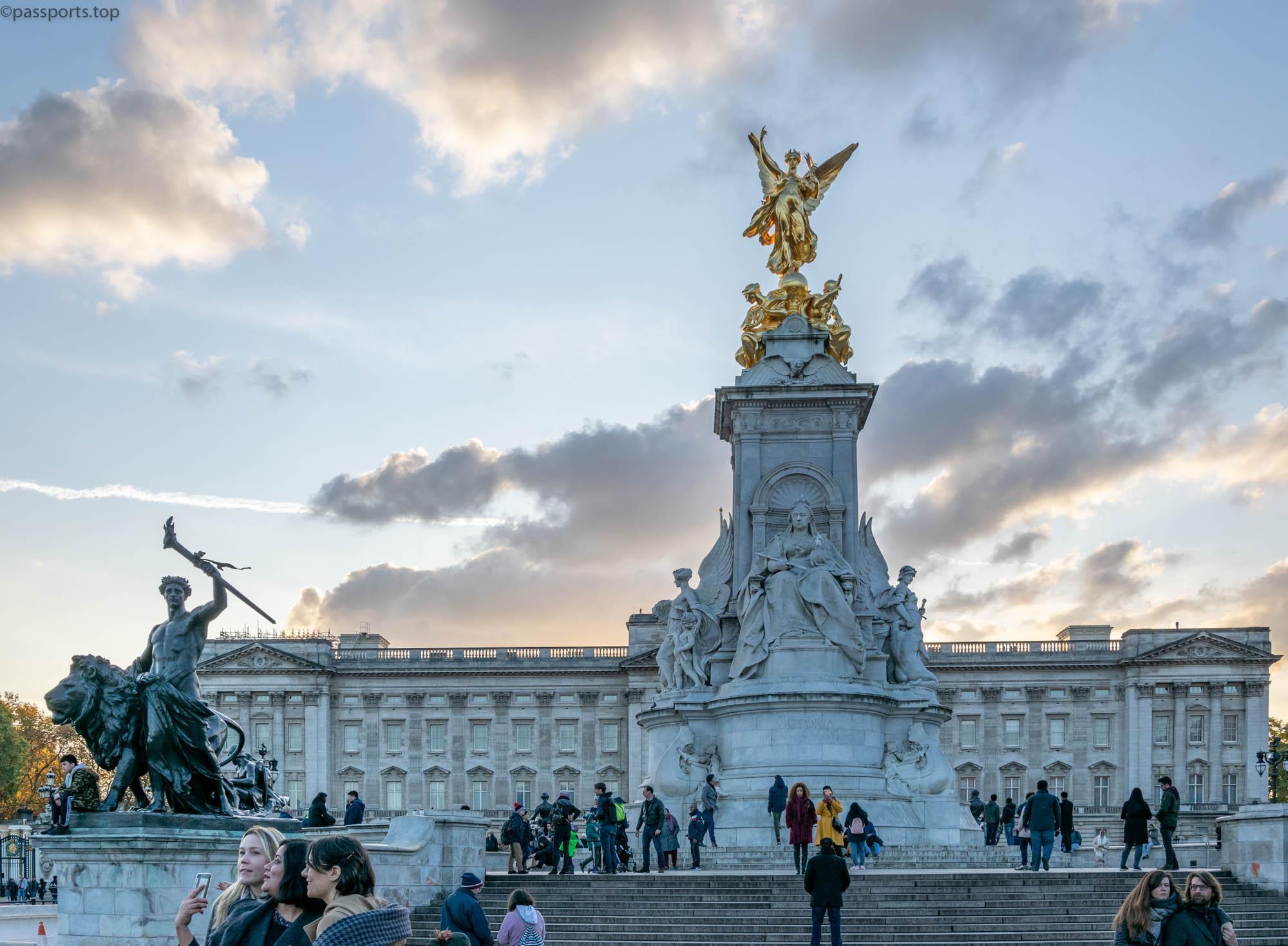
The Queen Victoria Memorial is located in front of Buckingham Palace and comprises the Dominion Gates (Canada Gate, Australia Gate and South and West Africa Gates), Memorial Gardens and a vast central monument commemorating the death of Queen Victoria in 1901.
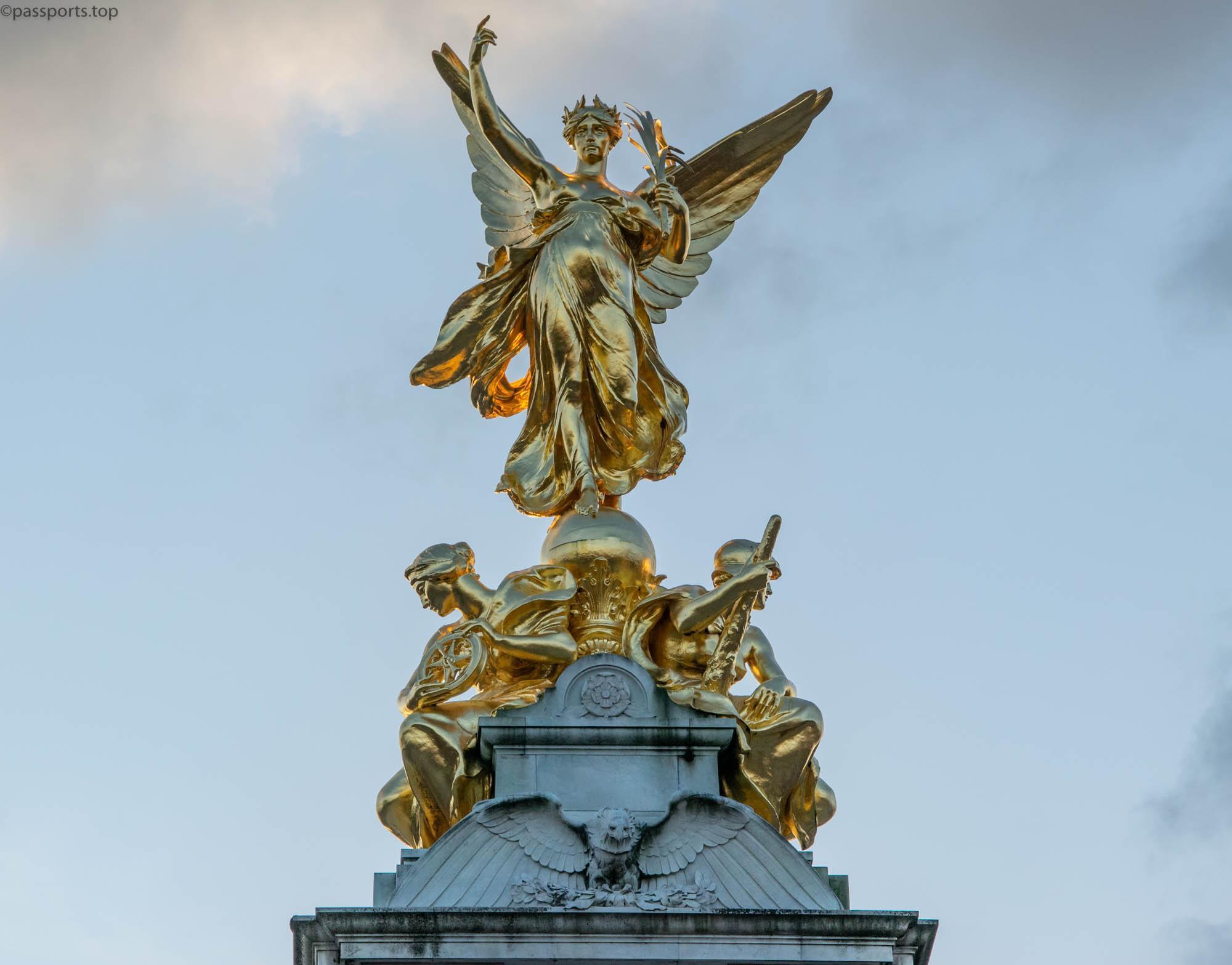
The monument is 25 meters high and 2,300 tons of white marble were used for its construction. The central statue represents Queen Victoria, on the north side of the monument is the Angel of Justice, and on the opposite side is the Angel of Truth. At the top is the winged Queen, with the goddesses of Courage and Fidelity crouching at her feet, all gilded.
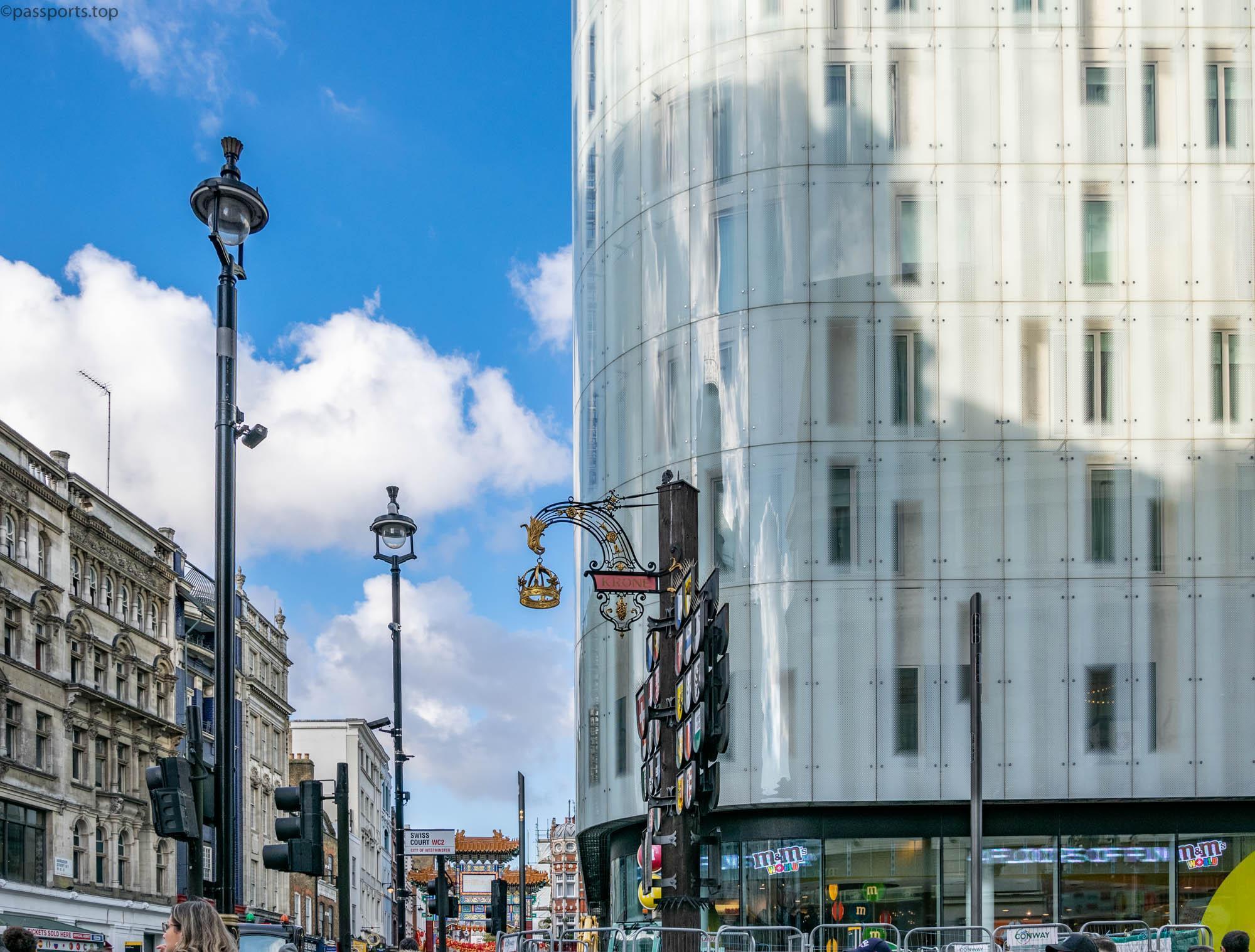
Leicester Square is home to two of the biggest stores, such as M&M’s World and the biggest LEGO store, an abundance of restaurants, famous casinos or theaters where you can see some of the best shows in the world.
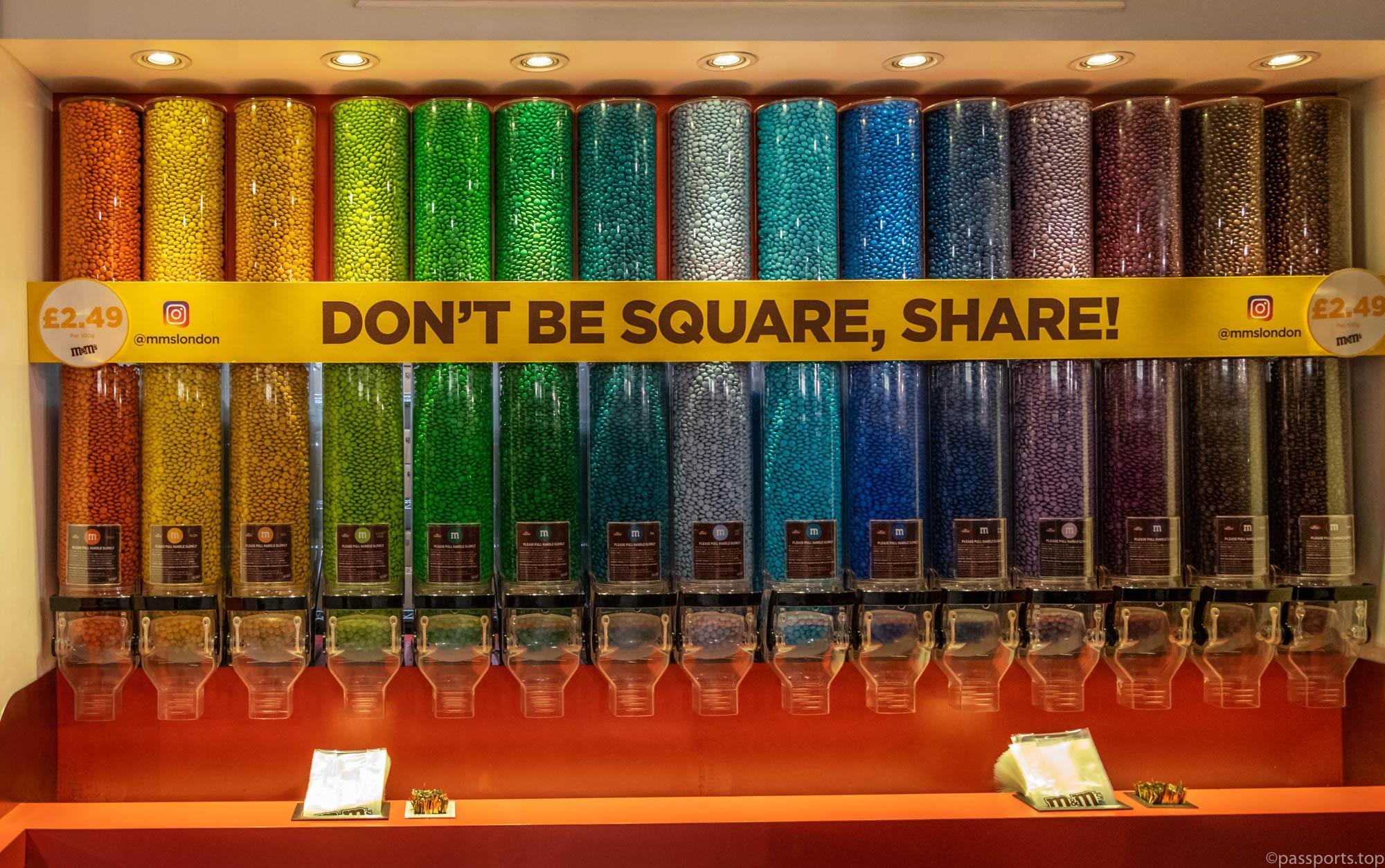
M&M’s World is located in the heart of Leicester Square and is the largest candy store in the world at 35,000 square feet. Spread over four floors, M&M’s World has the largest wall of chocolates, with a selection of over 100 types of M&M’s.
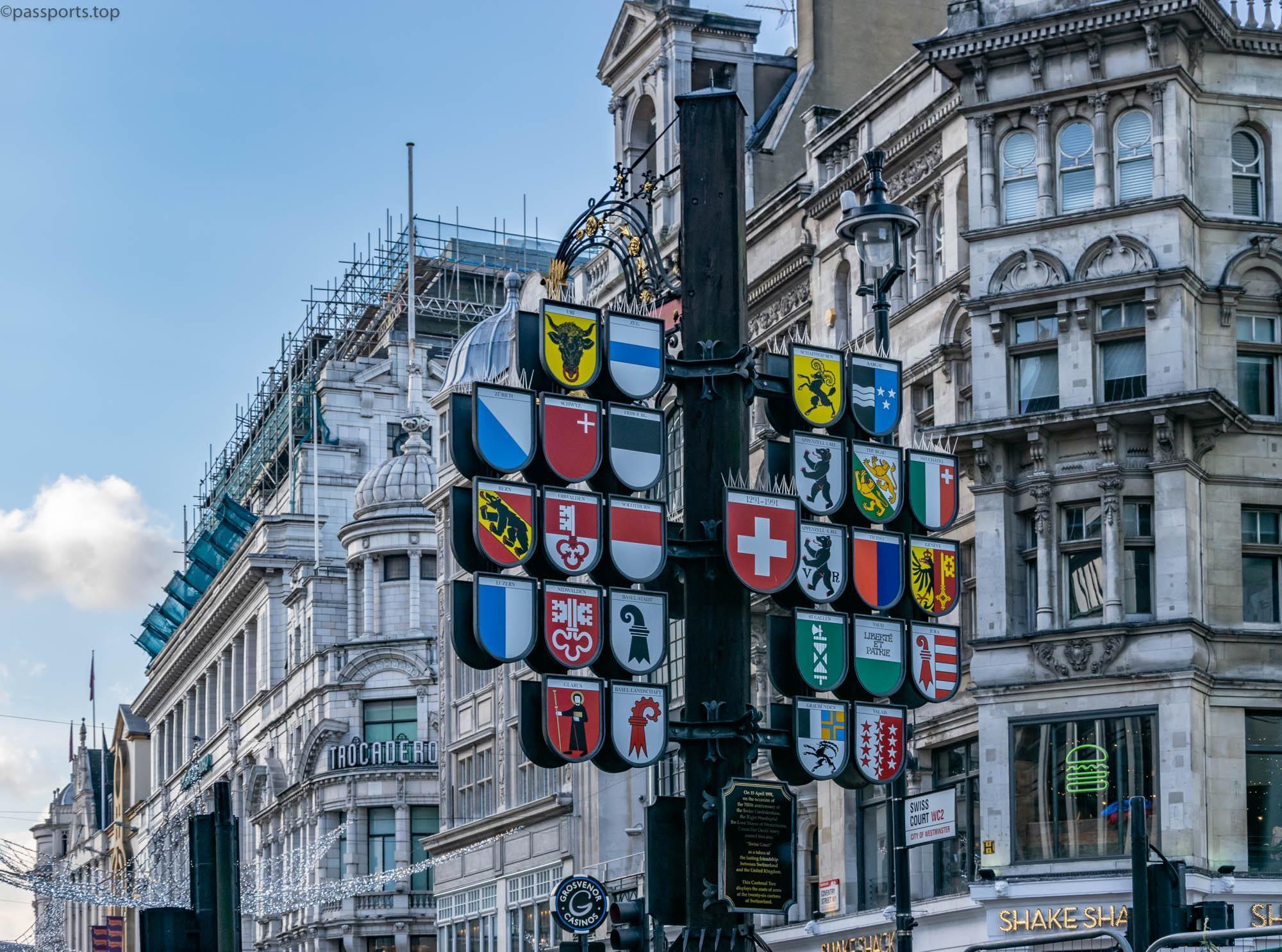
Also in Leicester Square is the Swiss Glockenspiel – a piece of modernist architecture designed to showcase Swiss culture and encourage tourism. On the Leicester Square side is a Carillon – a musical instrument consisting of 27 bells, alongside 11 moving Swiss figures (sculpted by Fritz Fuchs in 1968). The wireless clock is controlled from Derby, while the Glockenspiel plays new music written by the Royal Academy of Music in London and the University of Music and Art in Bern. A few meters away, there is a pole with the 26 flags of the Swiss Cantons.
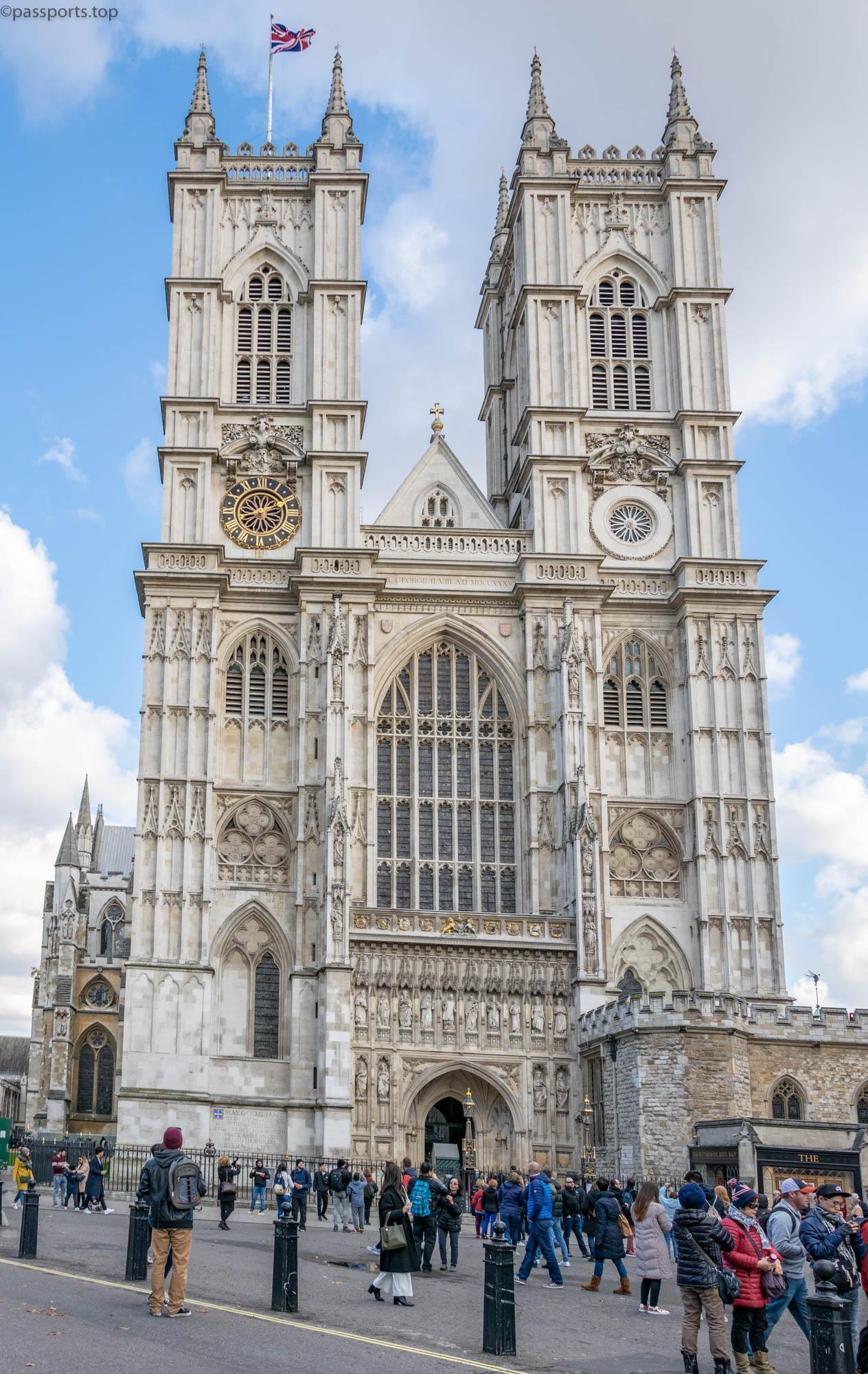
Westminster Abbey is one of the most popular landmarks to visit in London. Every year, over a million tourists cross its threshold and explore this wonderful church. Founded as a Benedictine monastery over a thousand years ago, the church was rebuilt several times, in 1065, 1220 and 1271. The current Westminster Abbey was begun by Henry III in 1245 and is one of the most important Gothic buildings in the country, the official name being The Collegiate Church of St Peter at Westminster. Also known as the “House of Kings “, the church is the resting place of 17 monarchs, including Elizabeth I and Mary I. In 1987, Westminster Abbey, St. Margaret’s Church and the Houses of Parliament were included in the UNESCO World Heritage. Since William the Conqueror, every British sovereign has been crowned in this cathedral, but it also has a long tradition of royal weddings. To visit the interior of the church, a fee of £21/person is charged.
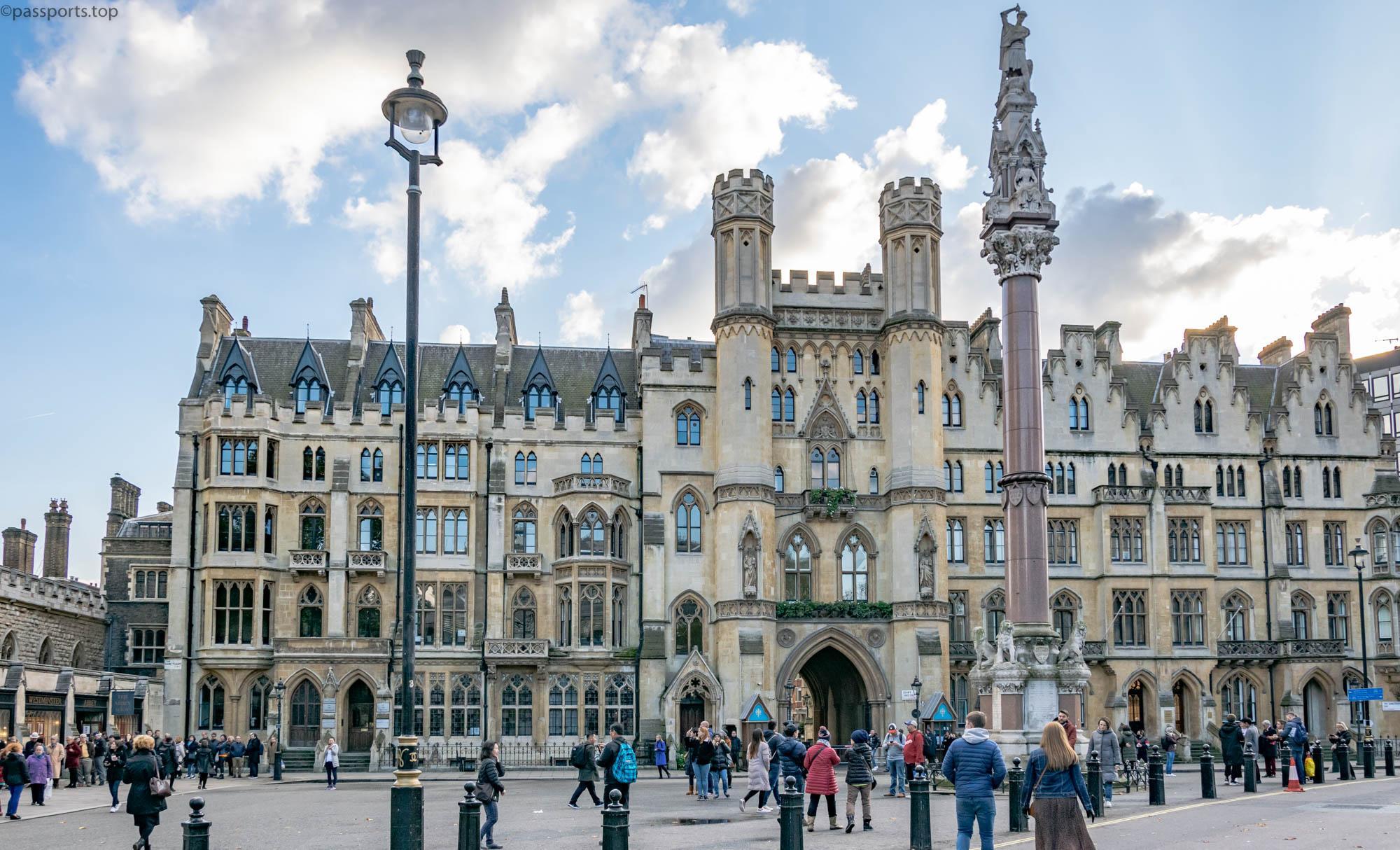
At the west entrance of Westminster Abbey is a tall marble and stone column (Crimea and Indian Mutiny Memorial), erected in 1861 and designed by Sir George Gilbert Scott, commemorating the former pupils of Westminster School who died in the Crimean War of 1854-1856 and by the Indian Rebellion of 1857-1858. At the top is a figure of St George slaying the dragon and statues of St Edward the Confessor, Henry III, Elizabeth I and Queen Victoria.
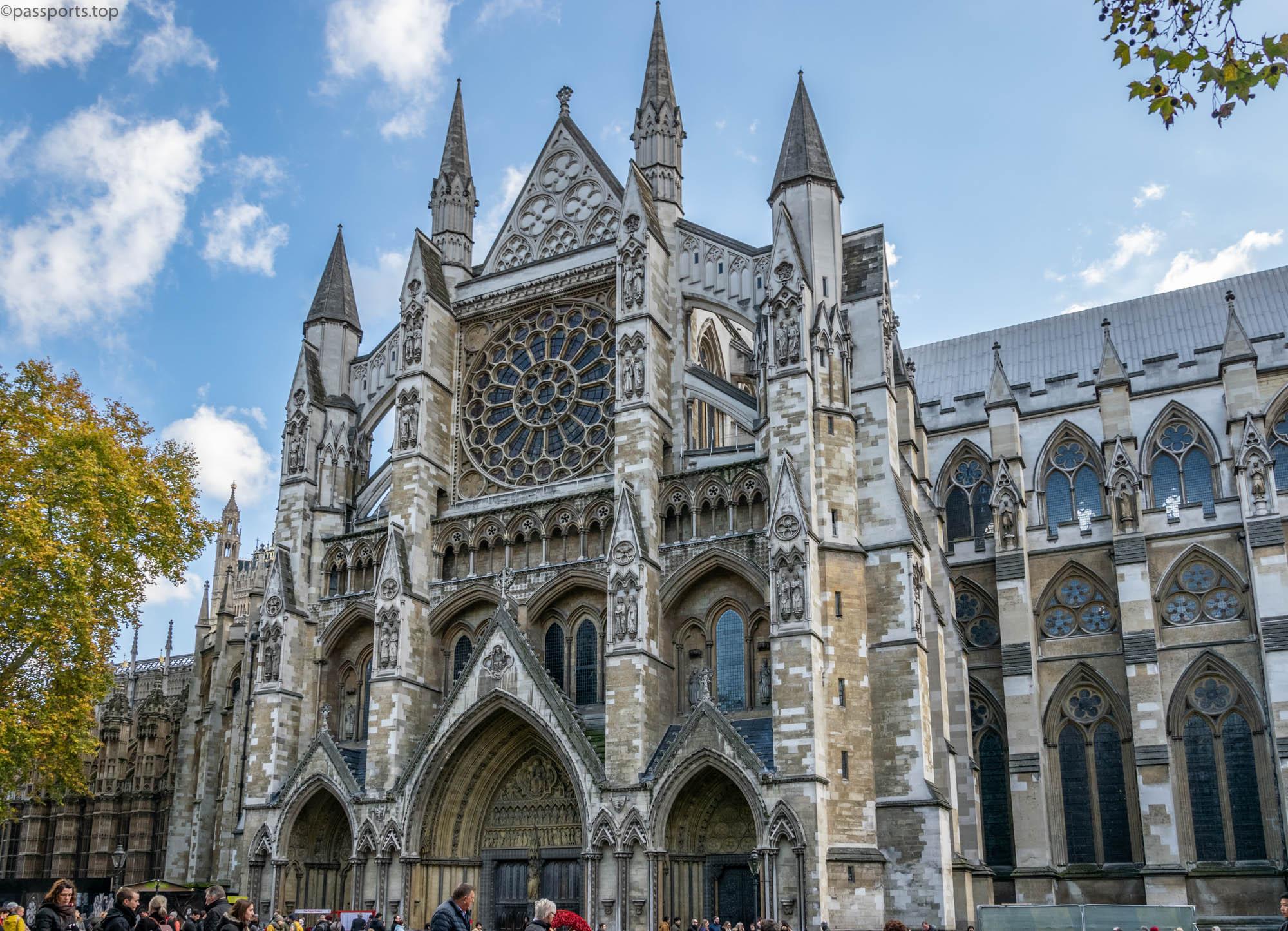
St Margaret’s Church , known as “the church in Parliament Square“, is a 12th-century Anglican church near Westminster Abbey. The church was founded in the 12th century by Benedictine monks so that local people living in the area around Westminster Abbey could worship separately at their own parish church. St Margaret’s Church was rebuilt from 1486 to 1523 at the behest of King Henry VII and has been called “the last church in London decorated in the Catholic tradition before the Reformation“.
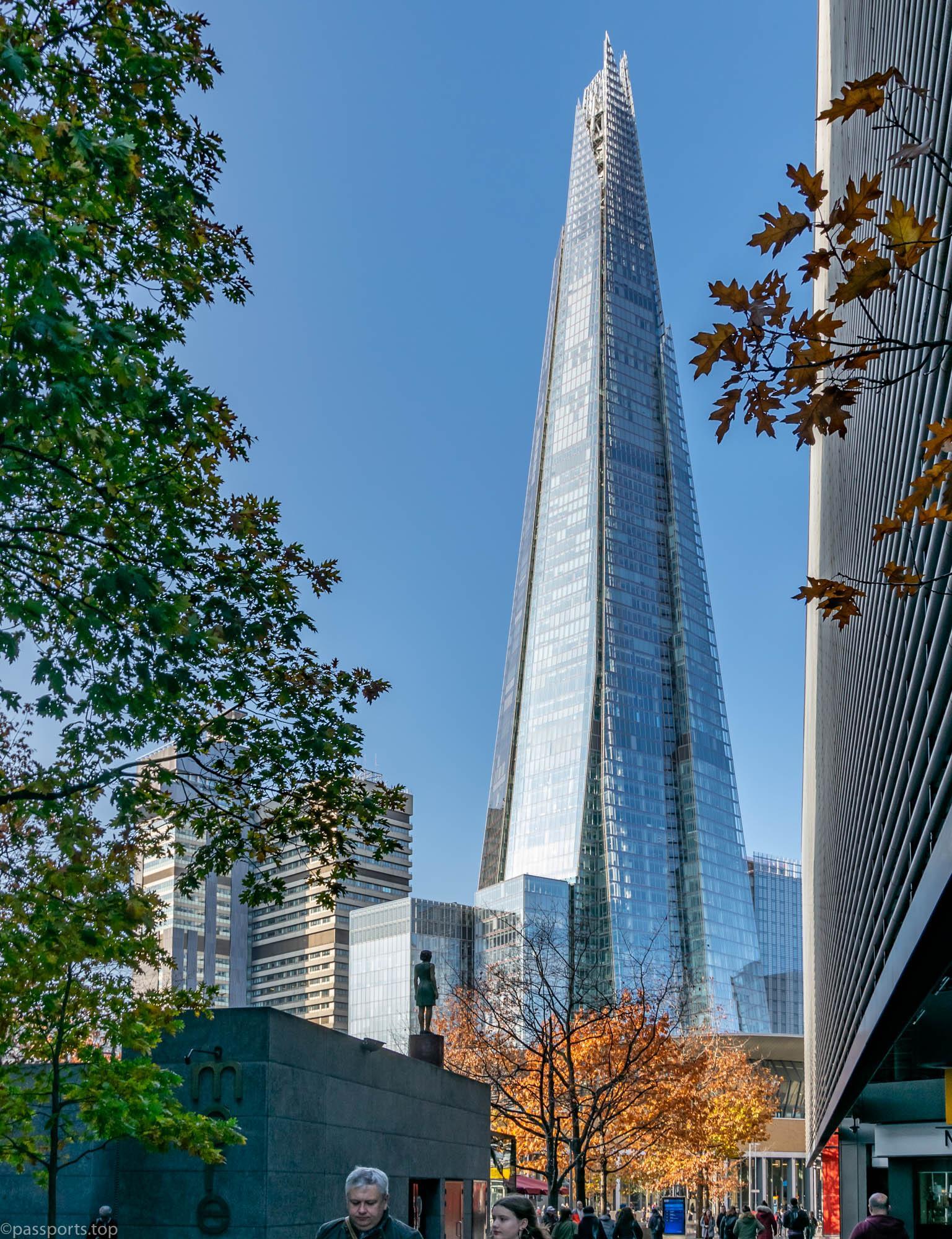
At 310 meters high, The Shard is not only the tallest building in London, it is the tallest in the whole of Western Europe and offers visitors a sensational experience, starting from the entrance. Tourists have access to three different viewing platforms, including 360° views on level 69 and the open air floor on level 72. Tickets cost £25/person.
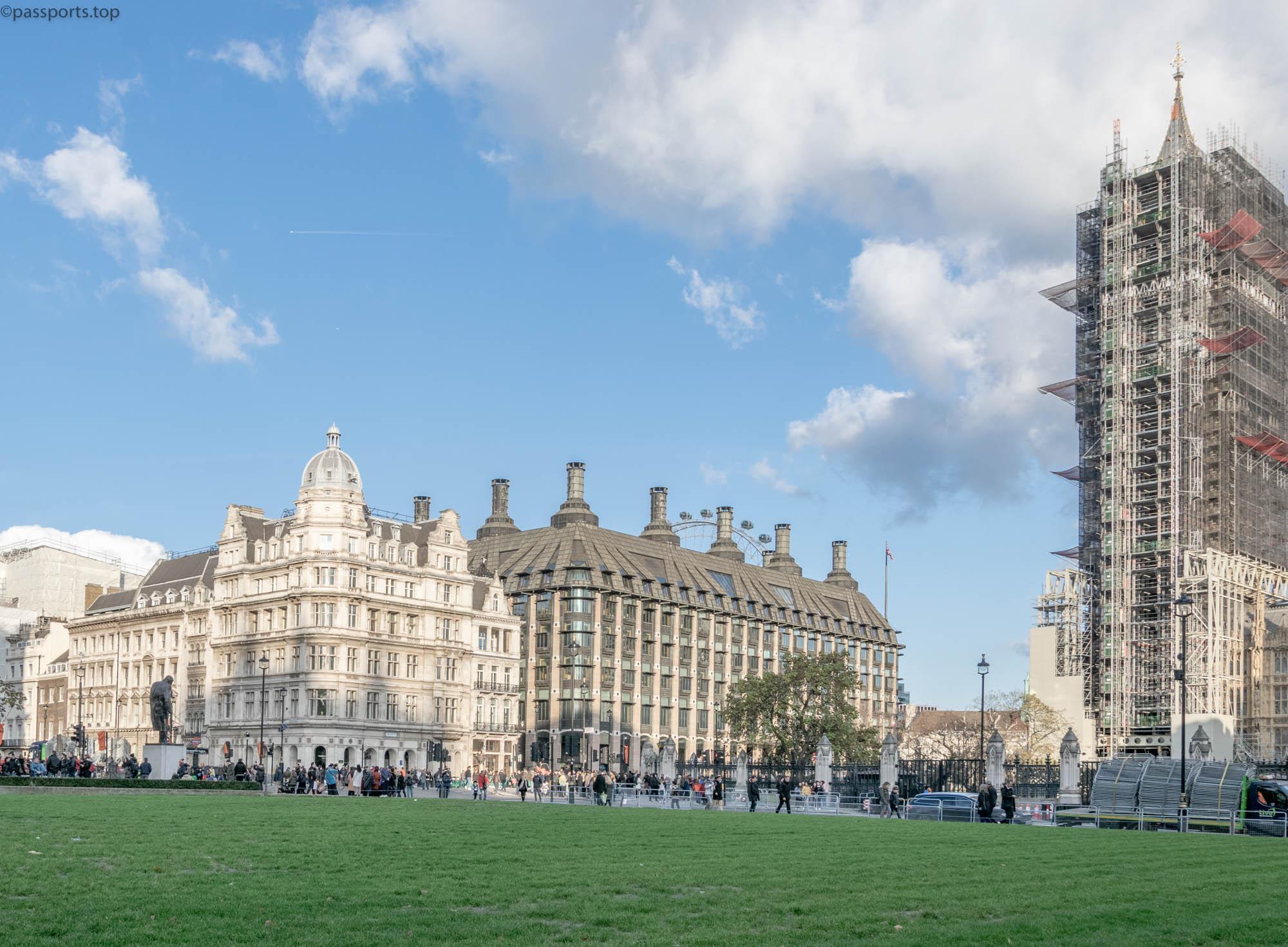
Big Ben (formerly Elizabeth Tower), perhaps London’s most famous landmark, stands at the western end of Westminster Bridge and is part of the Palace of Westminster originally begun in 1020. The palace burned down in 1834, so the Gothic architecture seen today is relatively recent. Technically, Big Ben is the name given to the massive bell in the clock tower, which weighs more than 13 tons (13,760 kg).
In August 2017, renovation work began on the tower and the work schedule is expected to be completed by 2021.
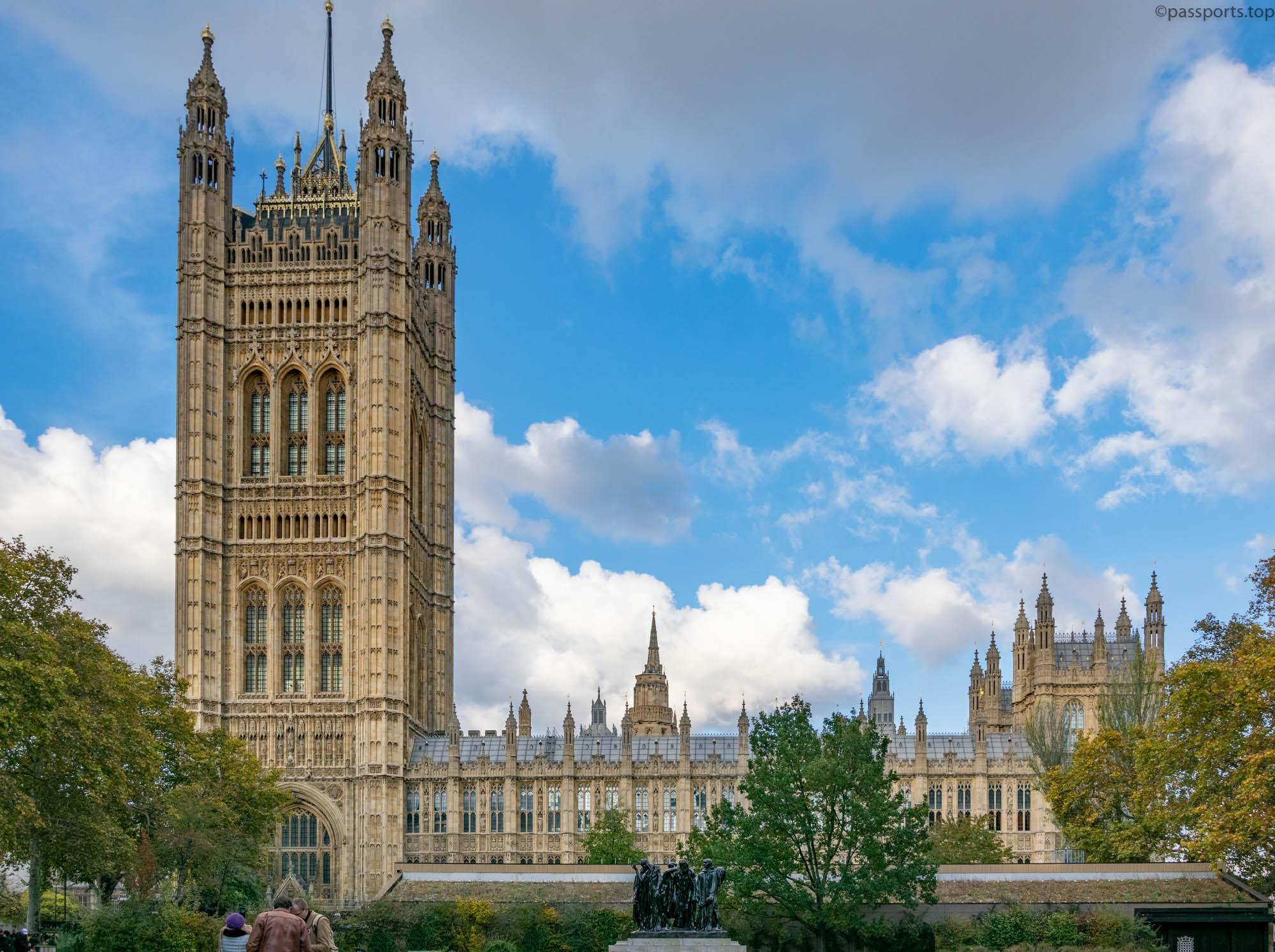
The Palace of Westminster is a Victorian Gothic masterpiece designed by Sir Charles Barry and AW Pugin to replace the medieval Parliament Buildings, which burned down in a fire on 16 October 1834. Guided tours of the Houses of Parliament are available which include Westminster Hall, the Royal Gallery, House of Lords, Hall of St. Stephens and other important areas of the Palace. You can also opt to have afternoon tea on the Riverside Terrace, overlooking the Thames. You can also climb the 334 steps to the top of the Elizabeth Tower to the mechanism room where you can see how the clocks work. The demand for these tours is very high and they are usually booked 6 months in advance.
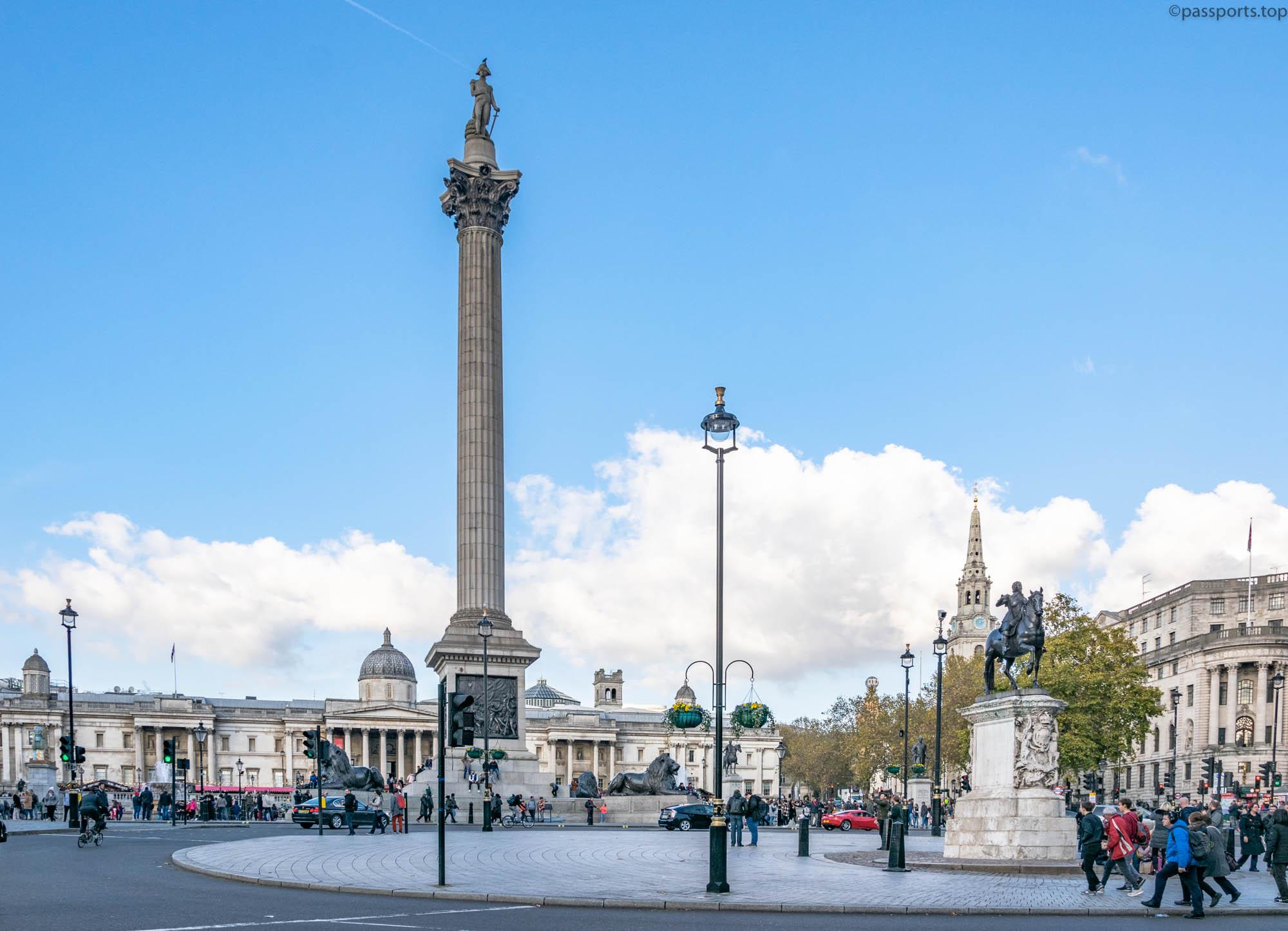
Trafalgar Square is a public square that presents some of London’s most important attractions, from galleries and historic buildings to statues and monuments, including the National Gallery, the Statue of King George IV or the Column of the war hero Admiral Lord Horatio Nelson.
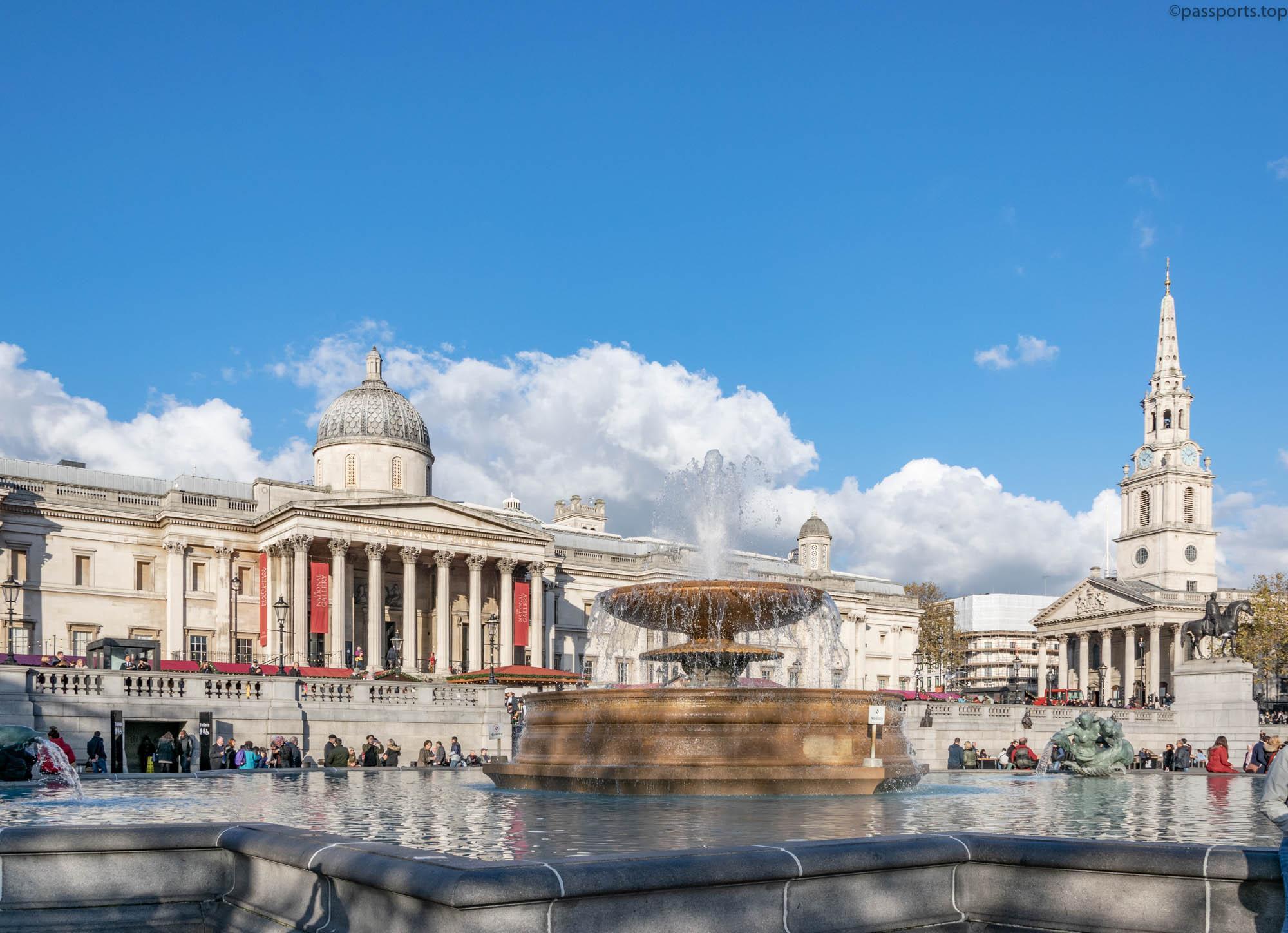
Two spectacular fountains were added to the square in 1845. Sir Edwin Lutyens redesigned the fountains in the 1930s to include new centerpieces featuring dolphins, mermaids and triton. If you visit Trafalgar Square at night, you will experience an incredible light show, with the fountains being illuminated.
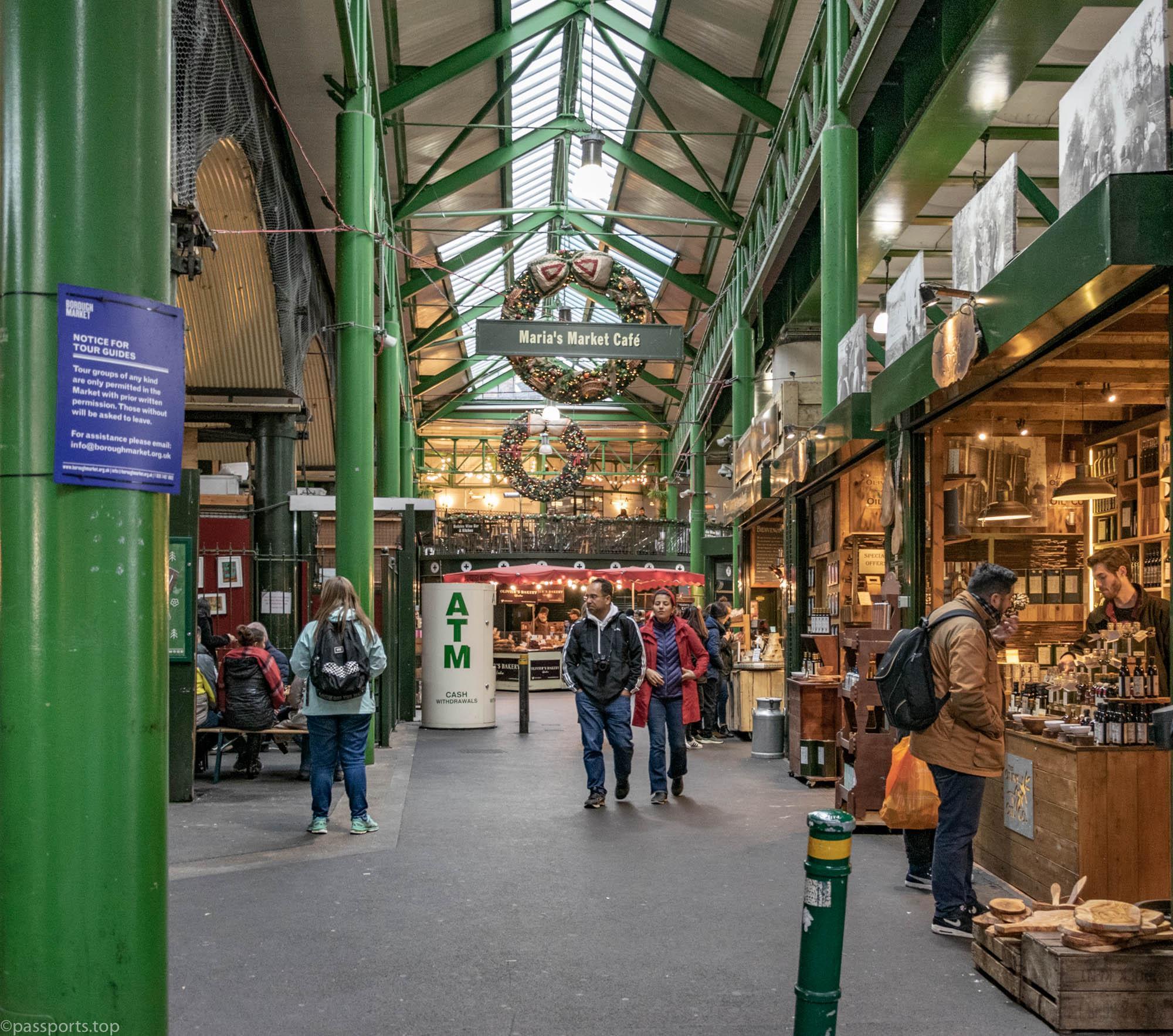
For street food lovers, Borough Market is the ideal place. From fruit and vegetables to international delicacies, handmade chocolate truffles, Indian food or seafood, there’s plenty to try at one of London’s oldest food markets.
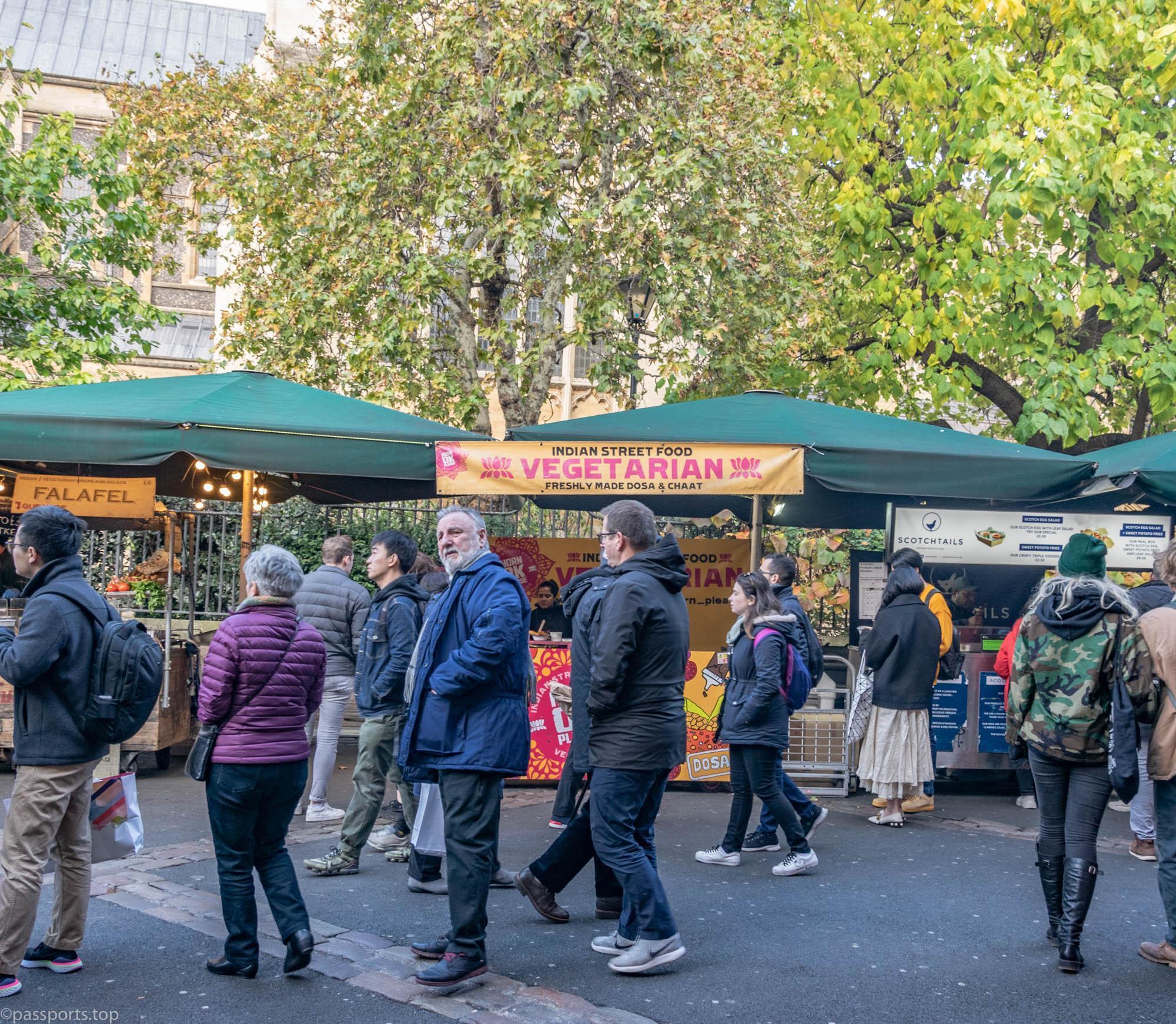
The market is open from Monday to Saturday, but not all stalls are open on Mondays and Tuesdays. Not only is it the most famous food market in the UK, it is one of the most famous food markets in the world, with a history of over a thousand years.
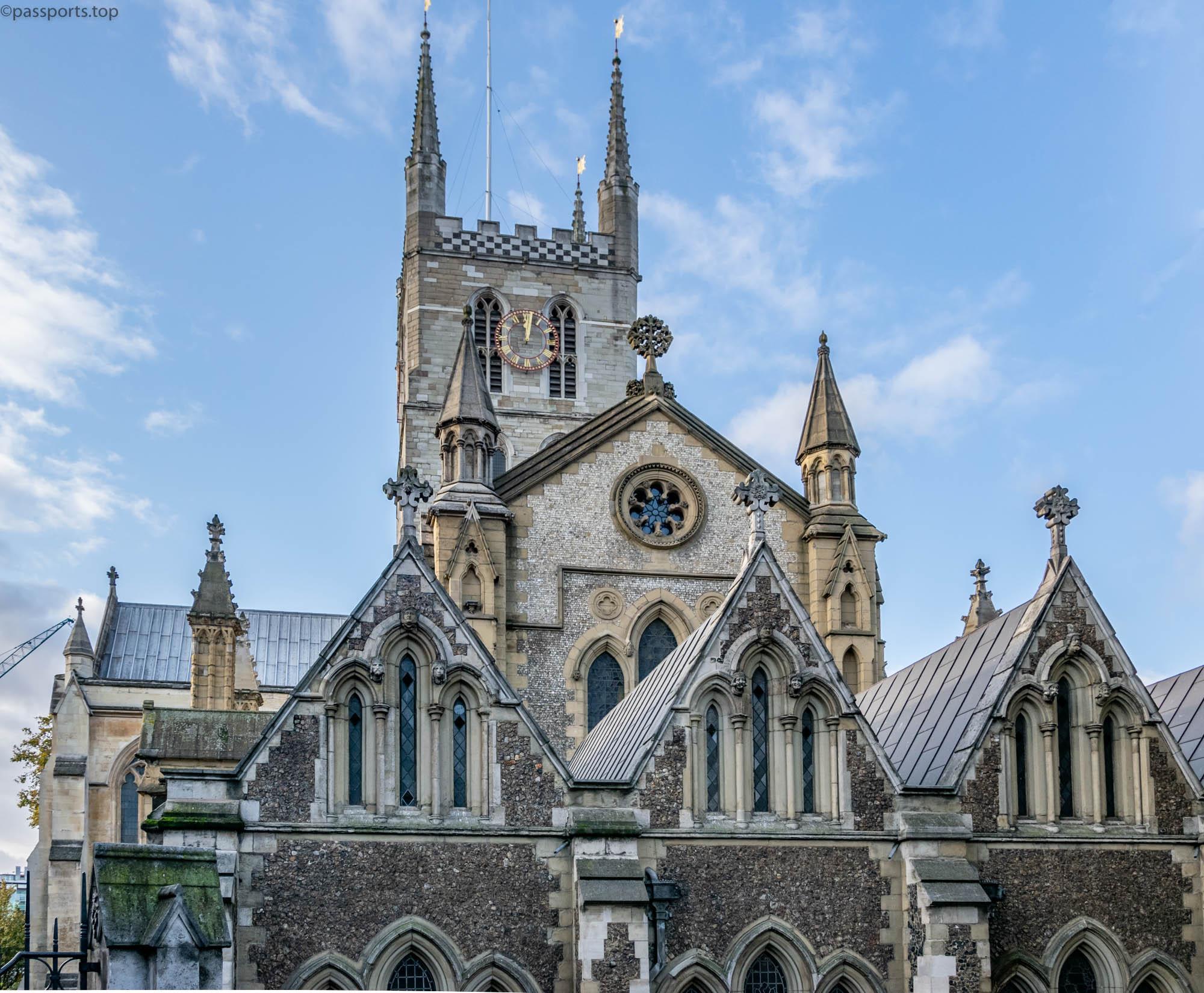
In the immediate vicinity of Borough Market is Southwark Cathedral – the oldest Gothic church in London, dating from around 1220. If you get to visit the cathedral, don’t miss the Harvard Chapel, a tribute to the founder of Harvard University, John Harvard – born in 1607 in the parish.
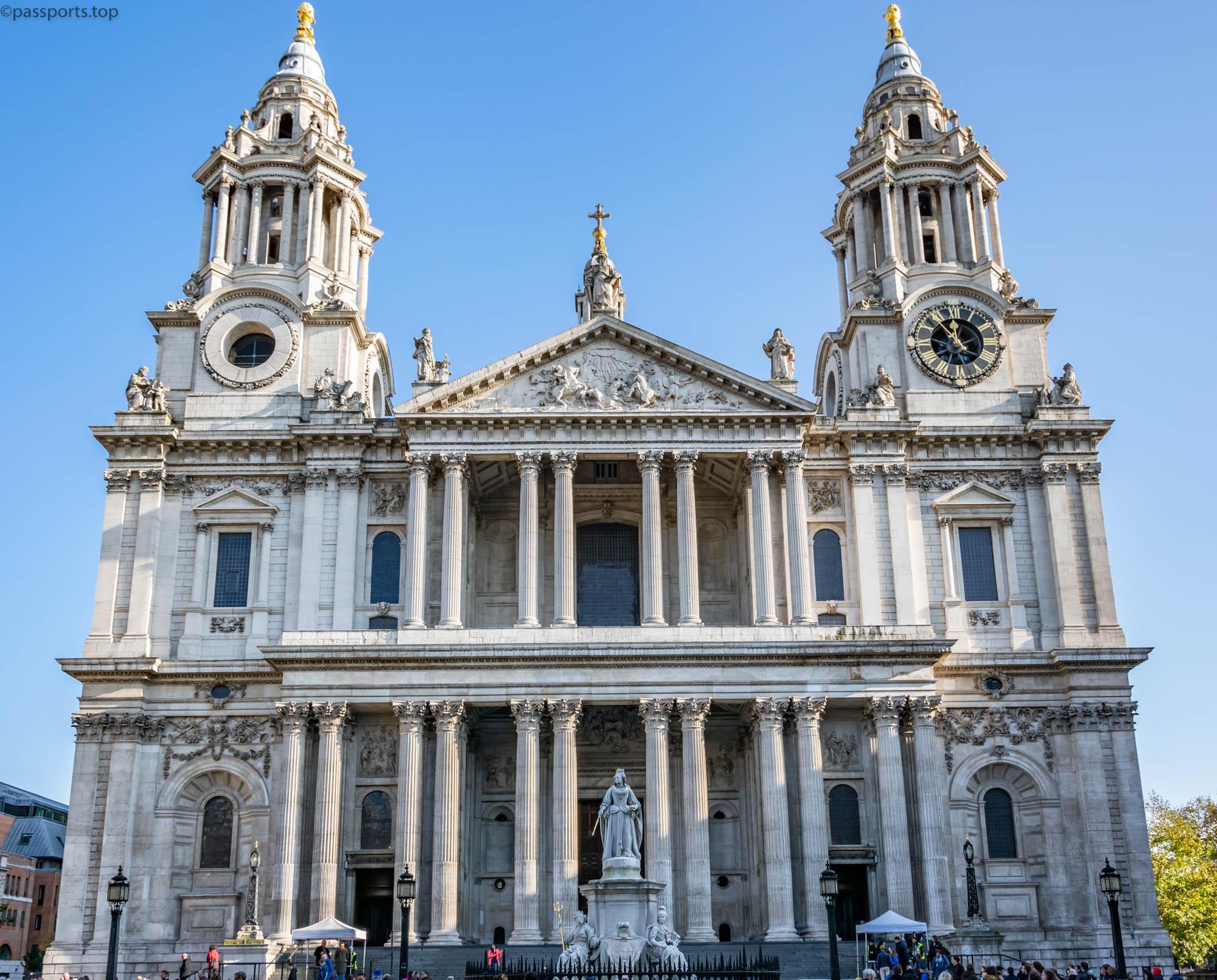
Along with Westminster Abbey, St. Paul’s Cathedral is among the most famous churches in London. No visit to St. Paul’s Cathedral could be complete without climbing the 560 steps to the top of the dome, from where the entire interior can be admired. Probably one of the most important events in the cathedral’s recent history was the wedding of Princess Diana and Prince Charles in 1981. To visit the interior of the cathedral, a ticket costs £17/person and you get a 15% discount if you purchase it online.
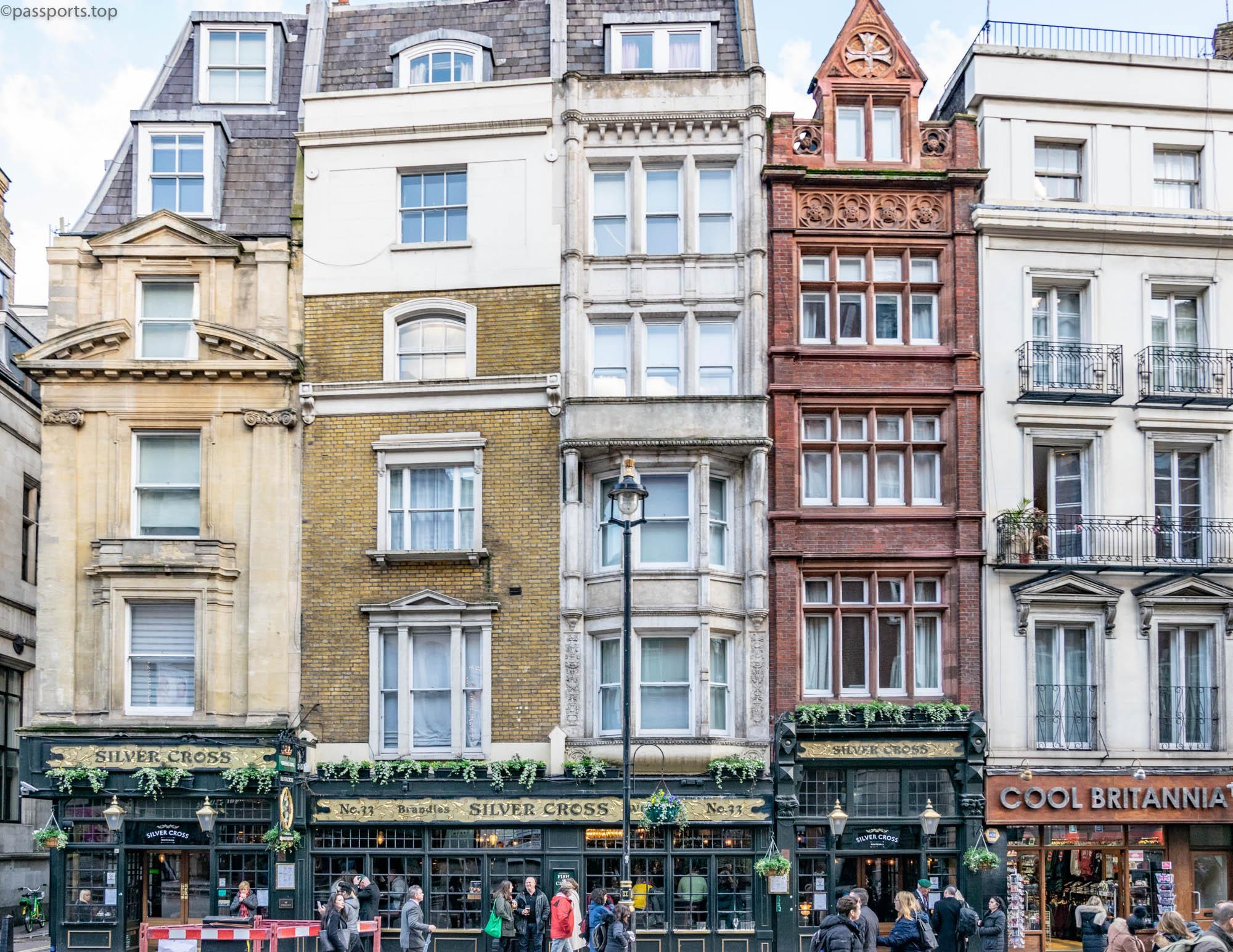
London is blessed with interesting tourist attractions and a city to discover new places and things. Of course we visited and presented only a small part of the tourist sights and we will definitely return soon to discover London at your leisure.
(London – November 2019)

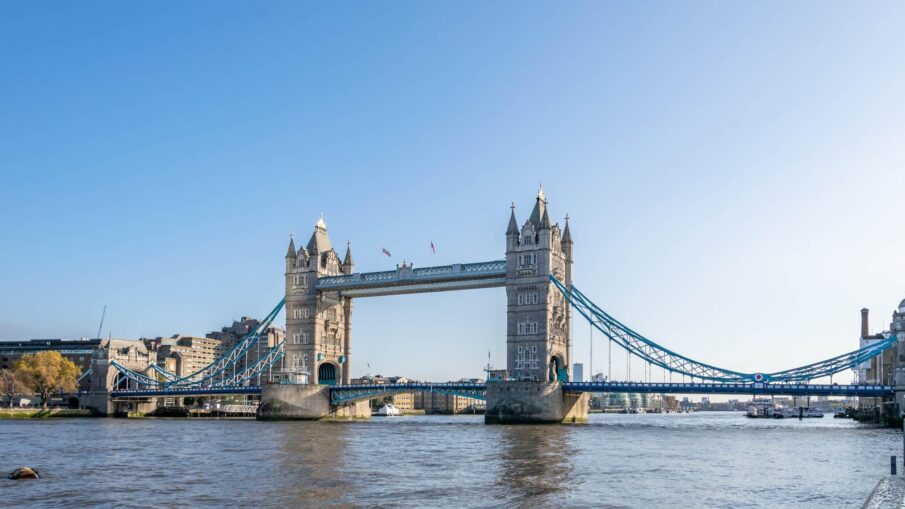
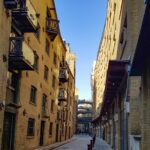
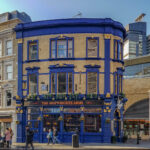
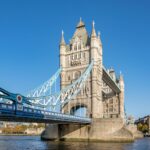
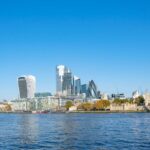
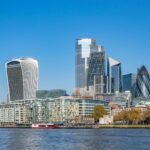
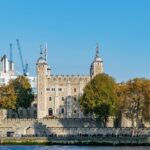
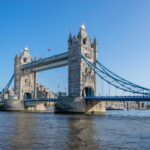
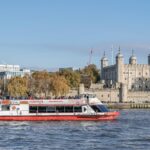
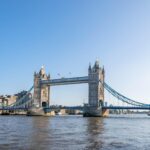
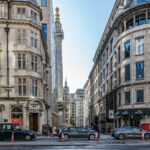
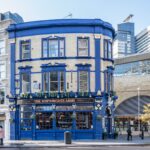
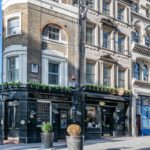
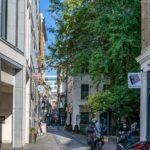
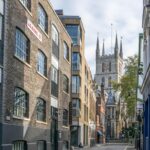
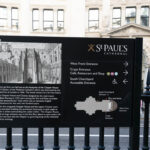
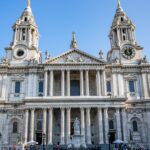
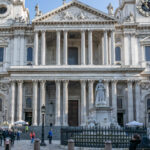
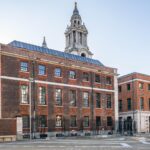
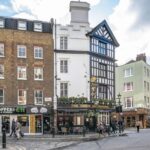
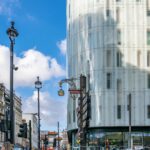
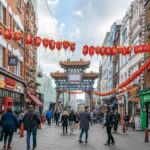
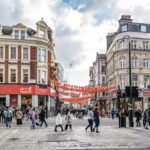
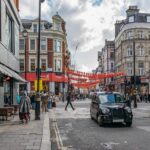
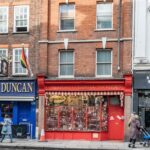
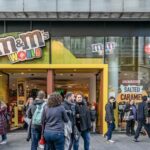
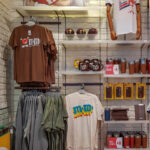


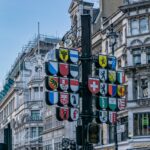
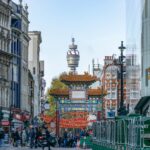
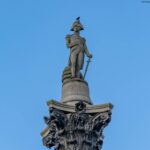
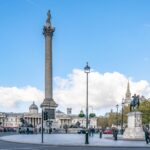
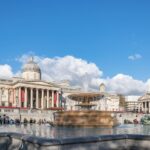
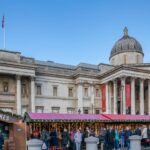
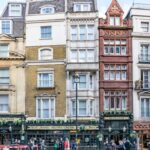
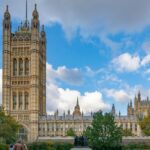
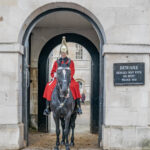
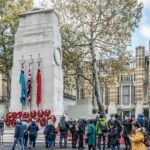
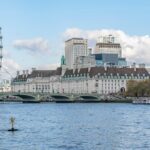
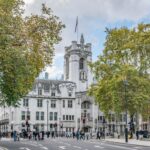
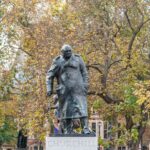
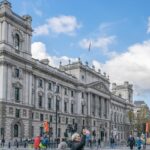
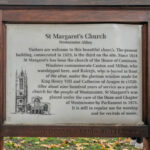
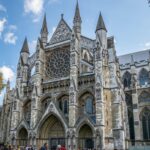
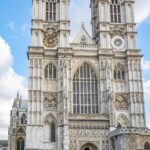
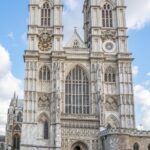
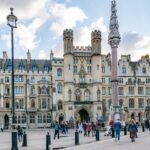
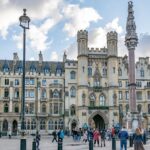
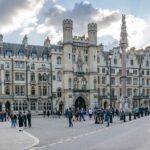
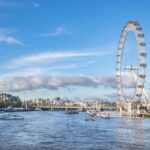
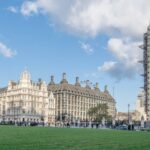
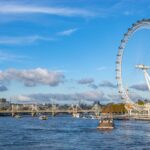
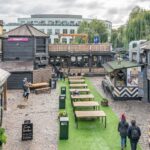
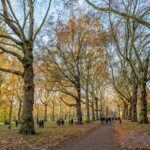
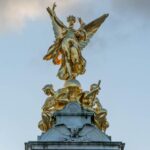
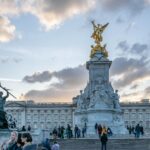
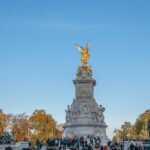
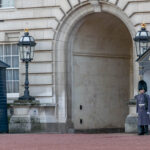
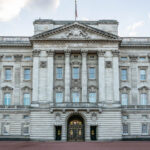

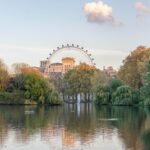
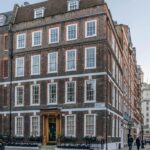
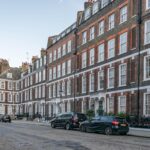
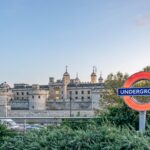
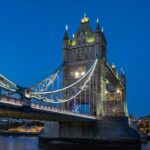
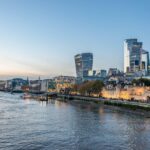
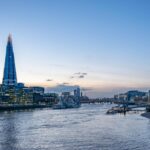
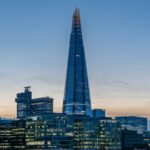
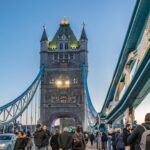
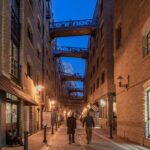
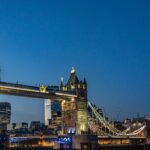
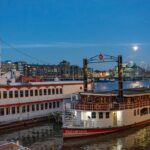
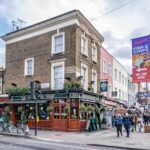
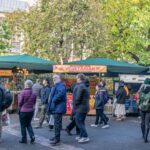
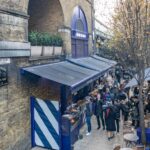
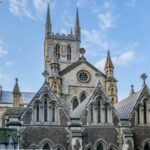
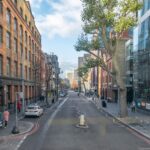

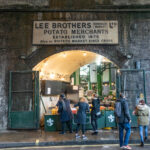
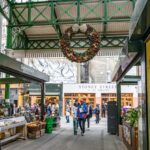
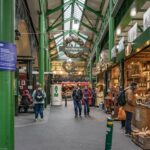
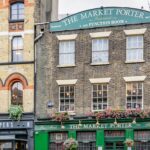
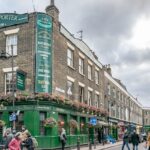
Leave a Reply